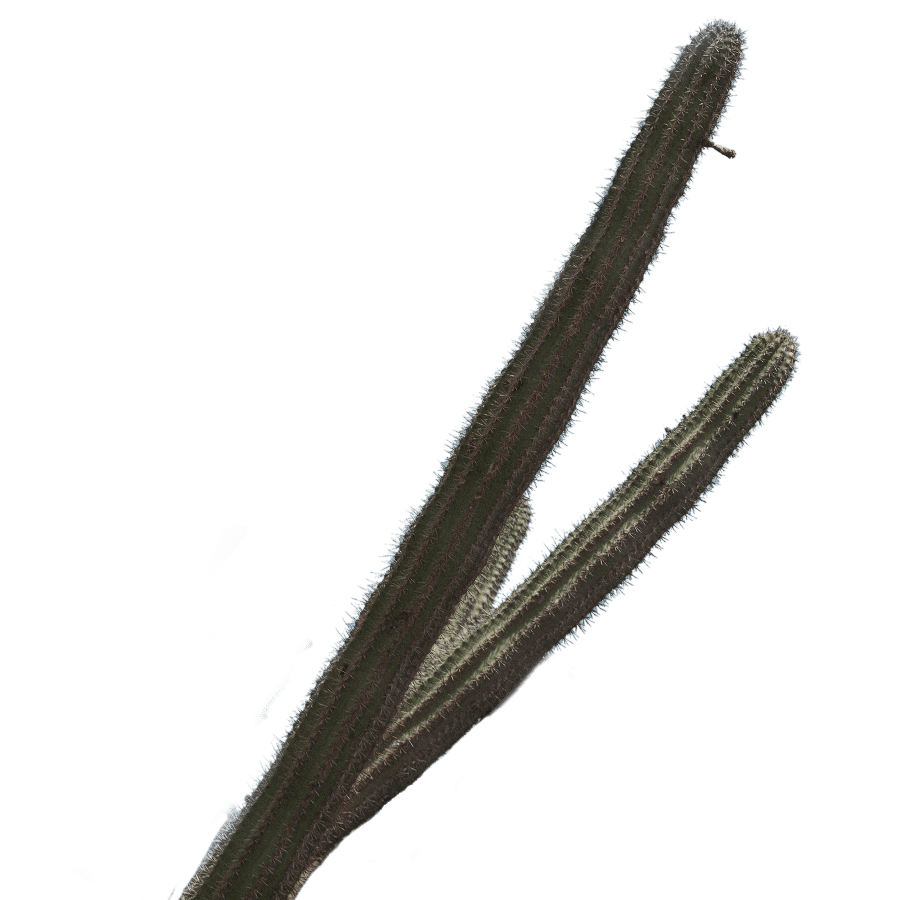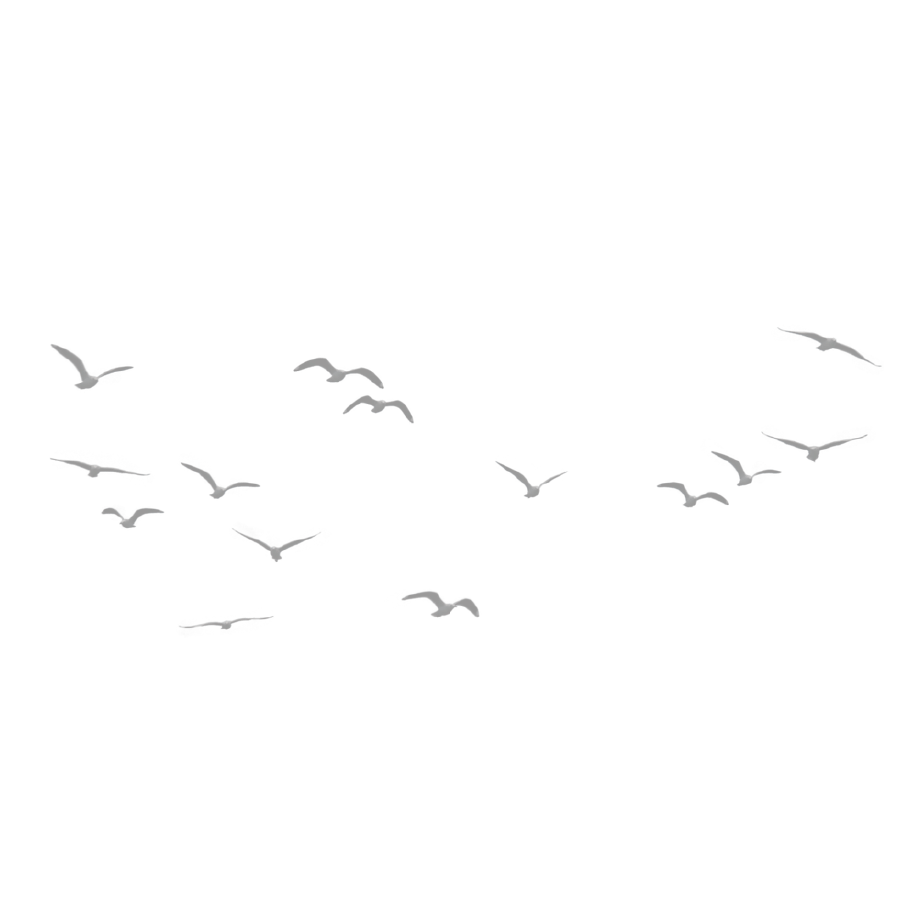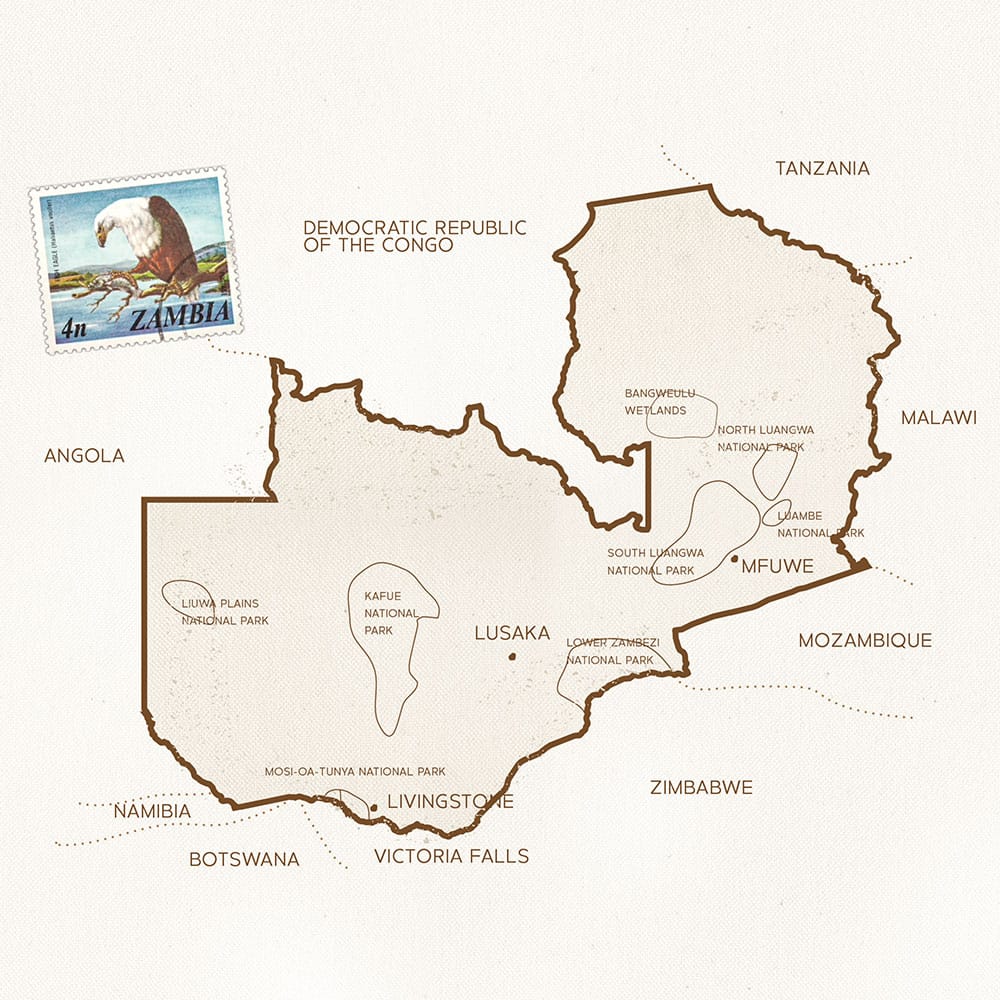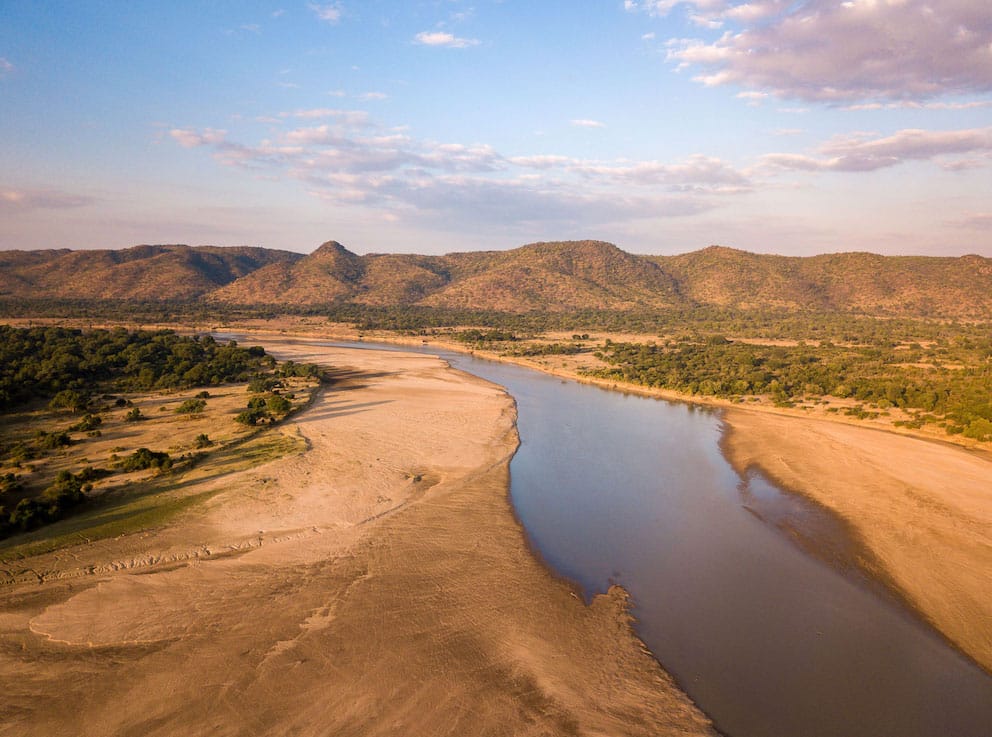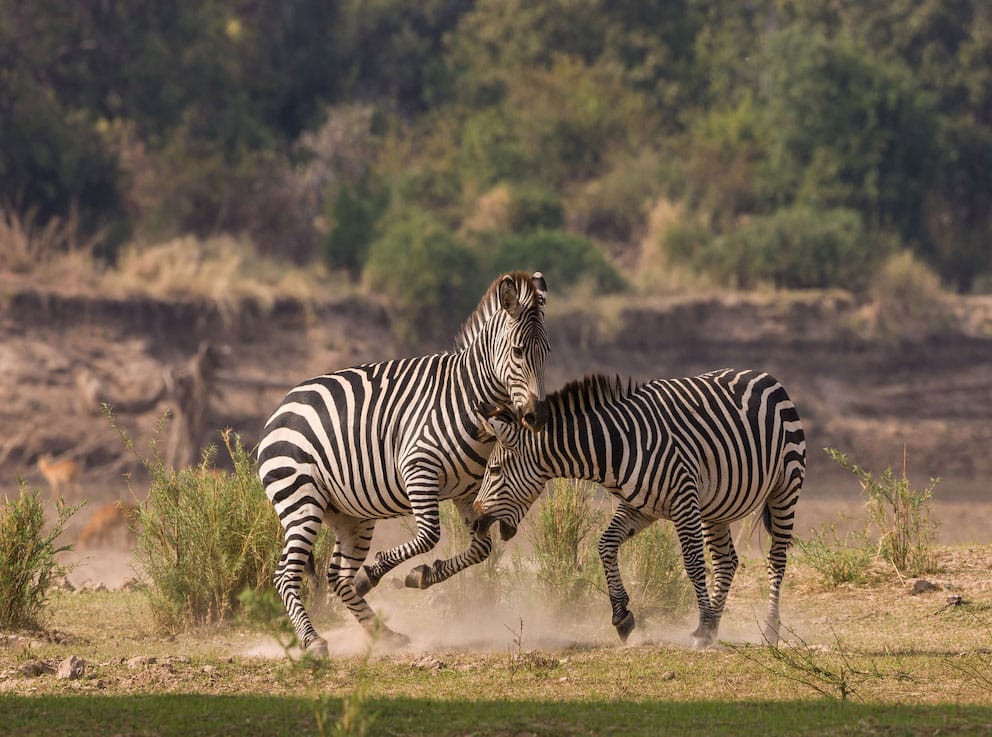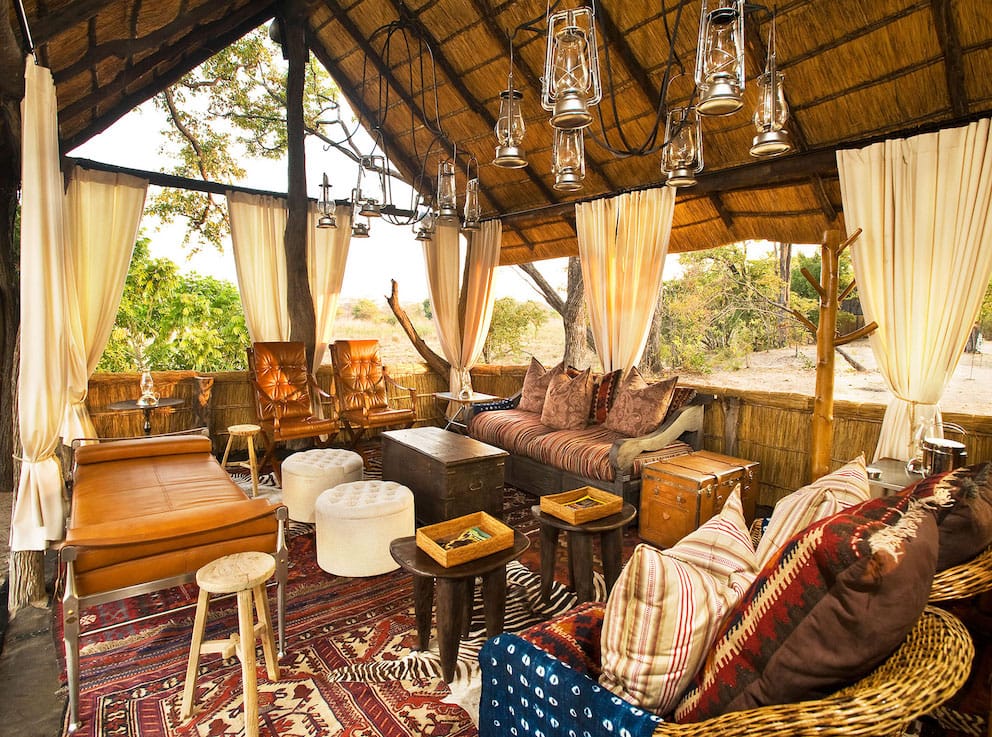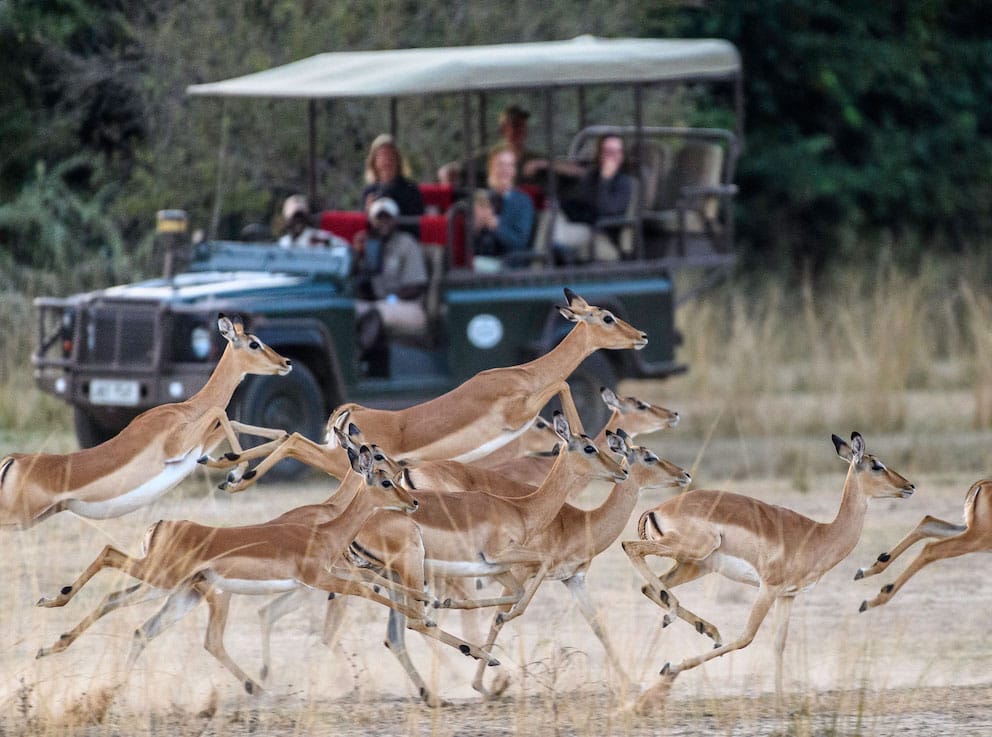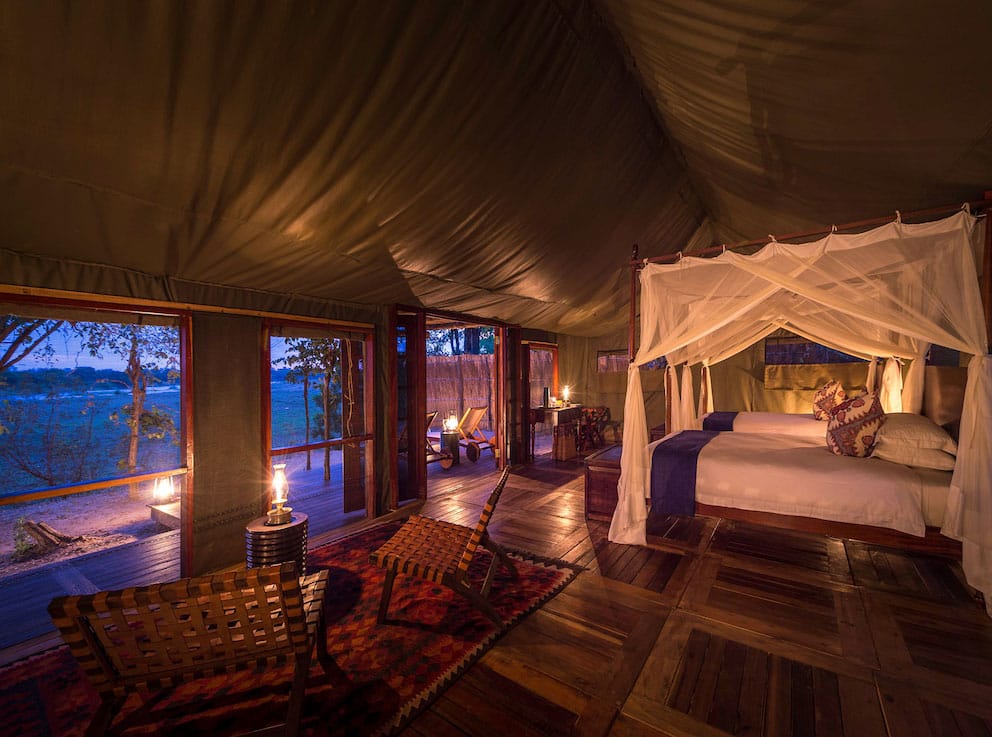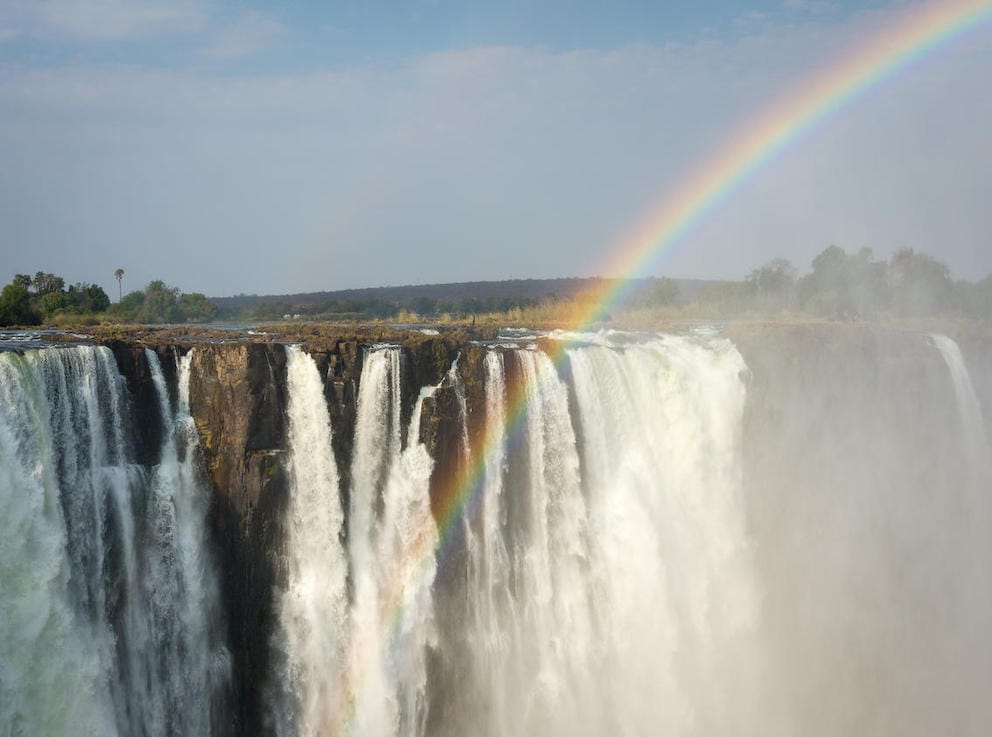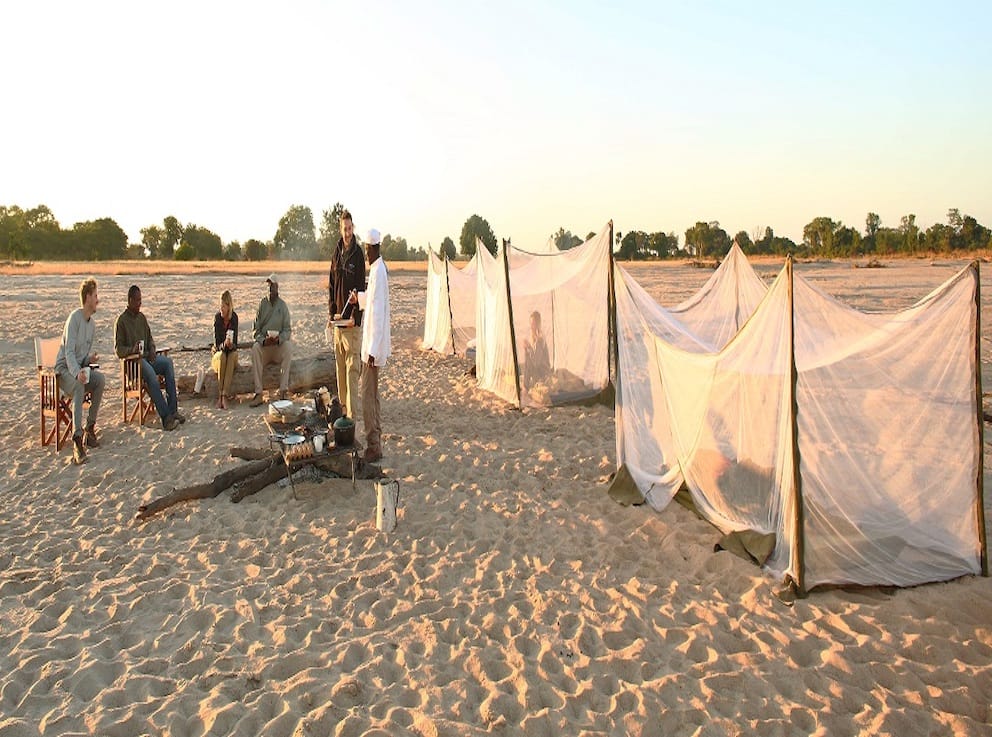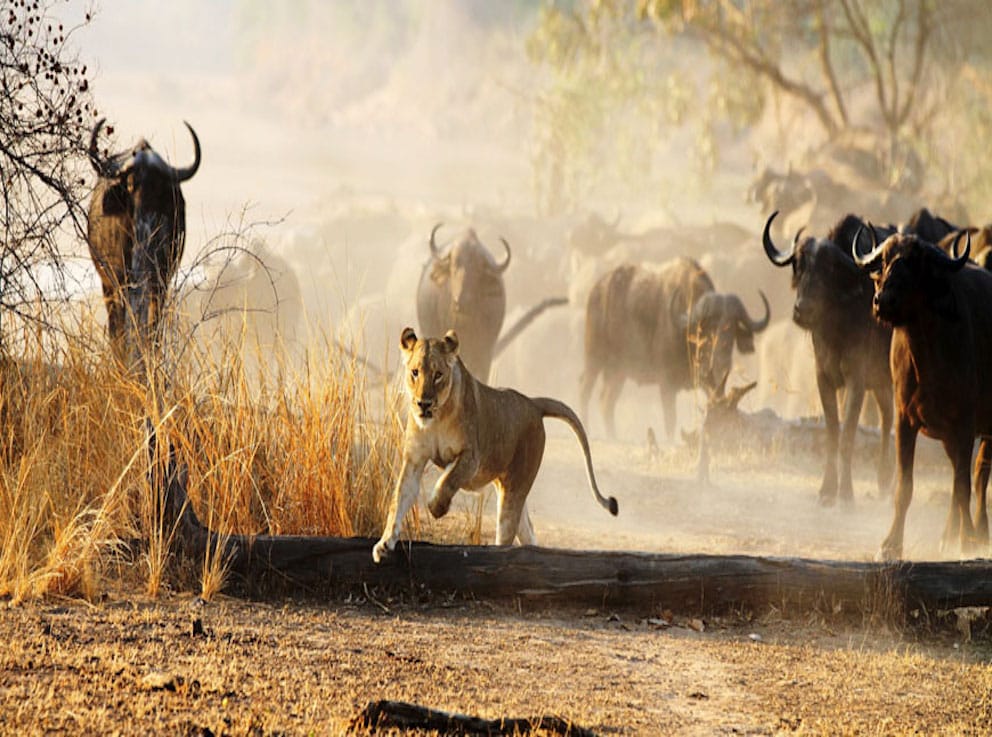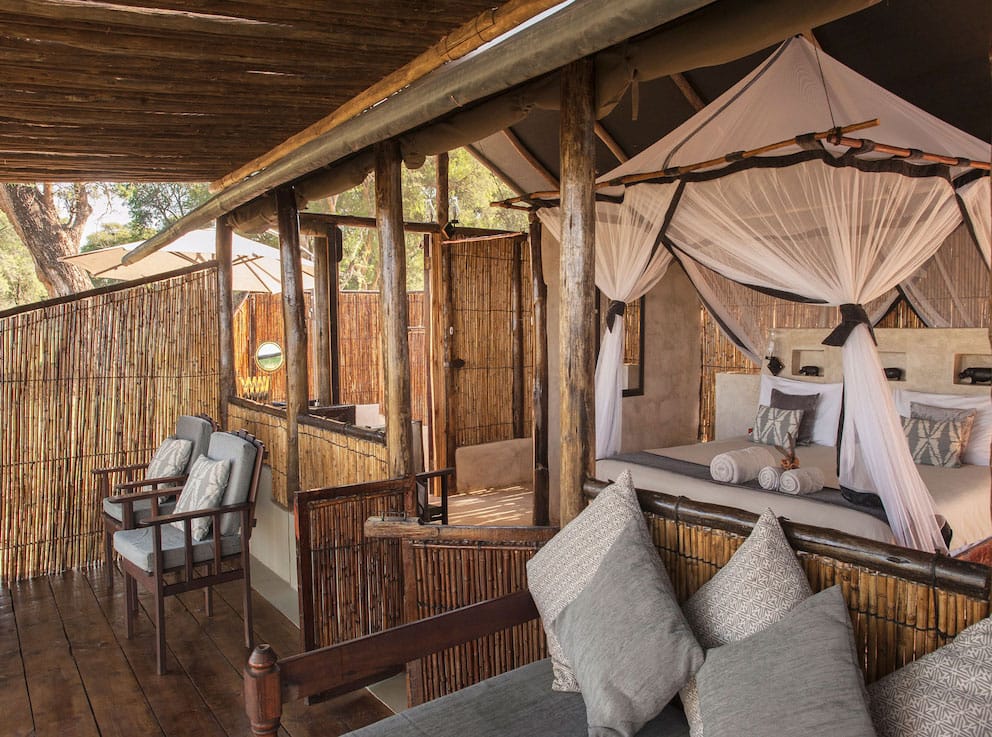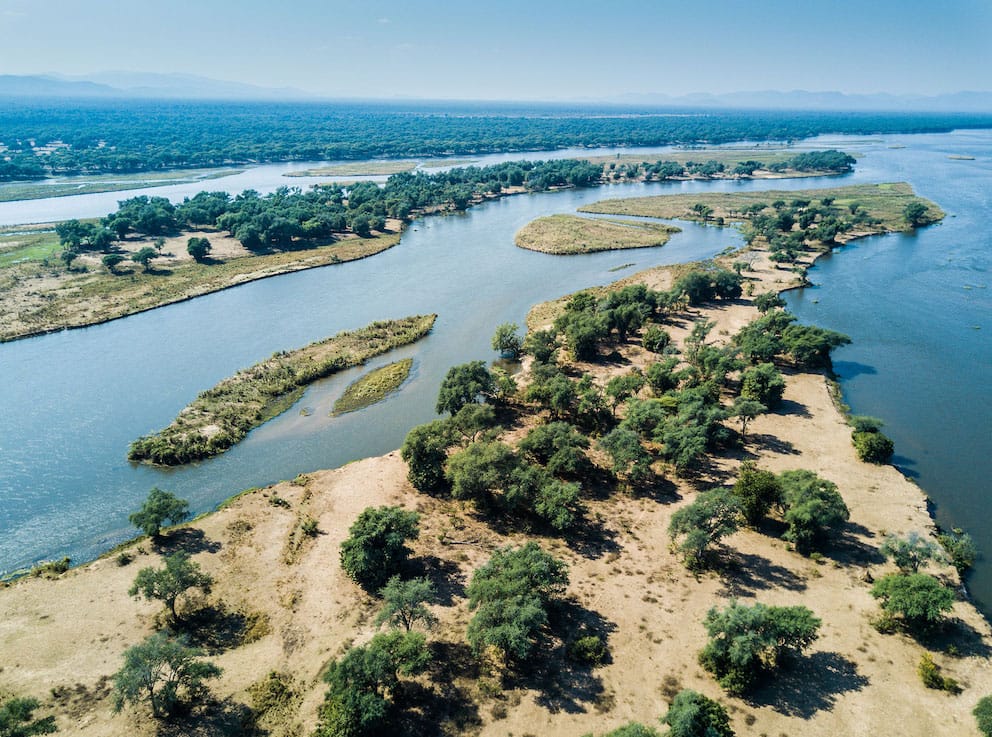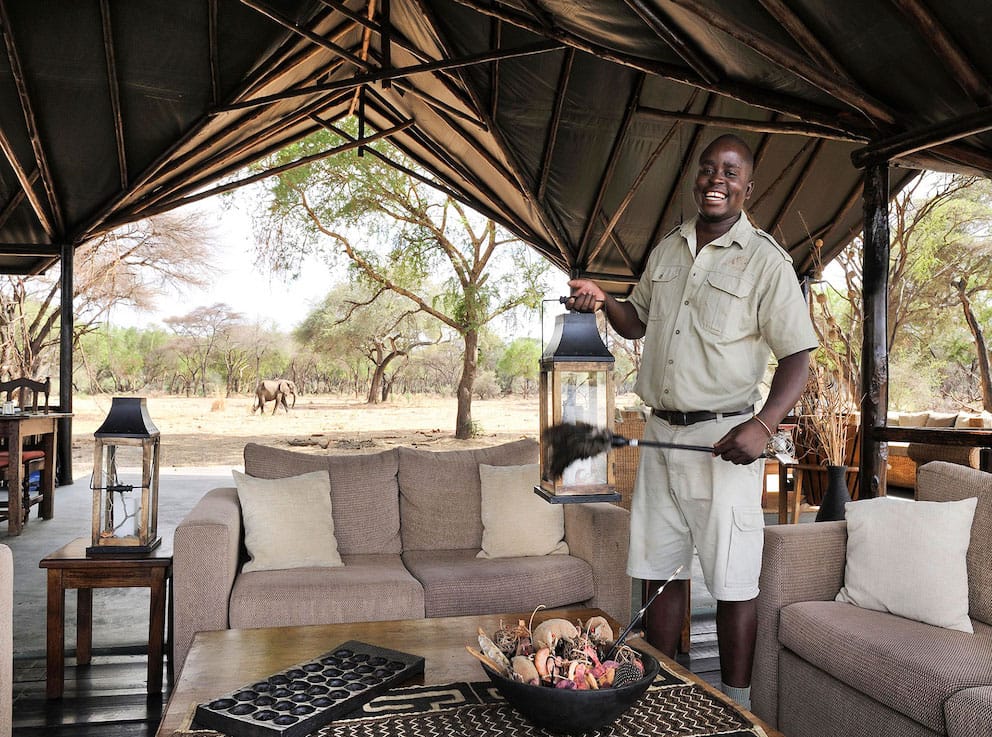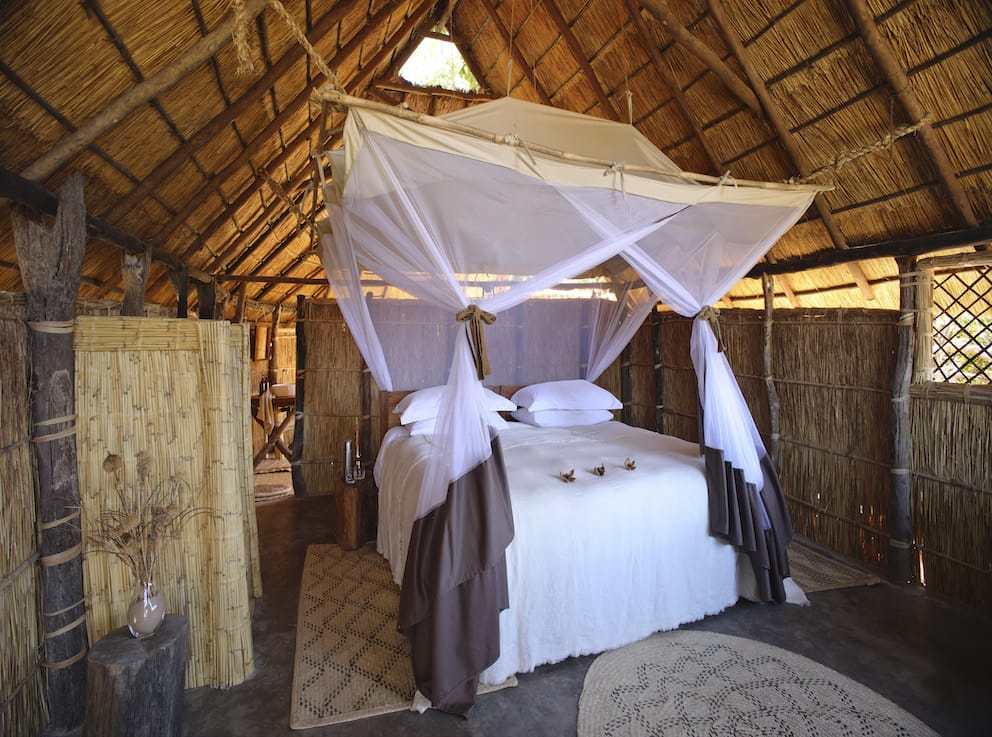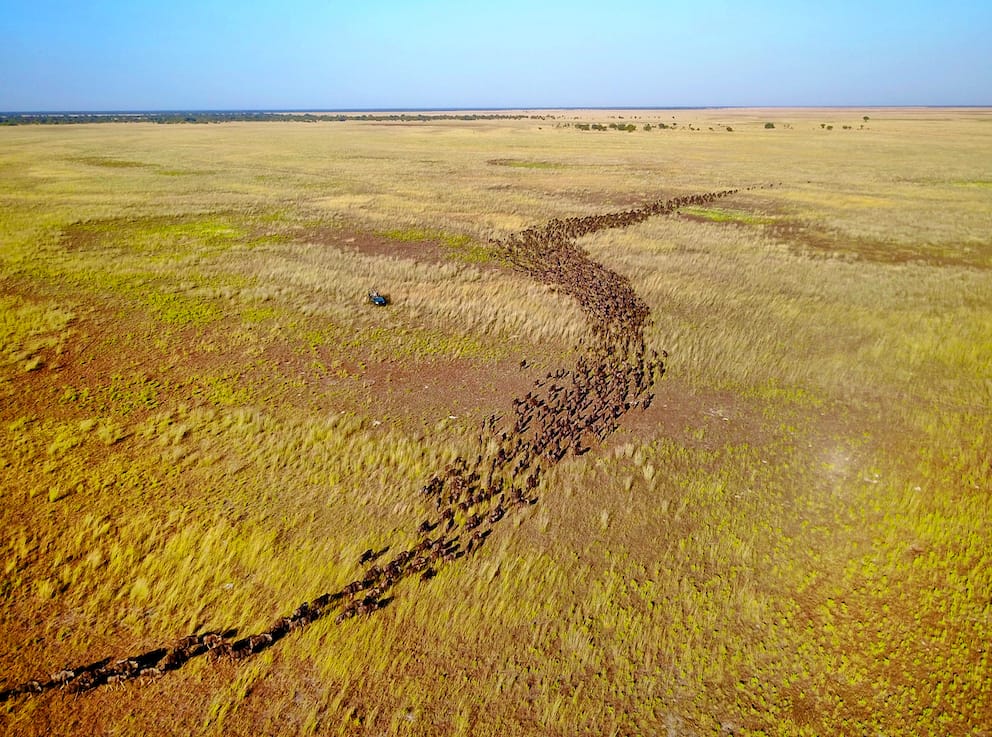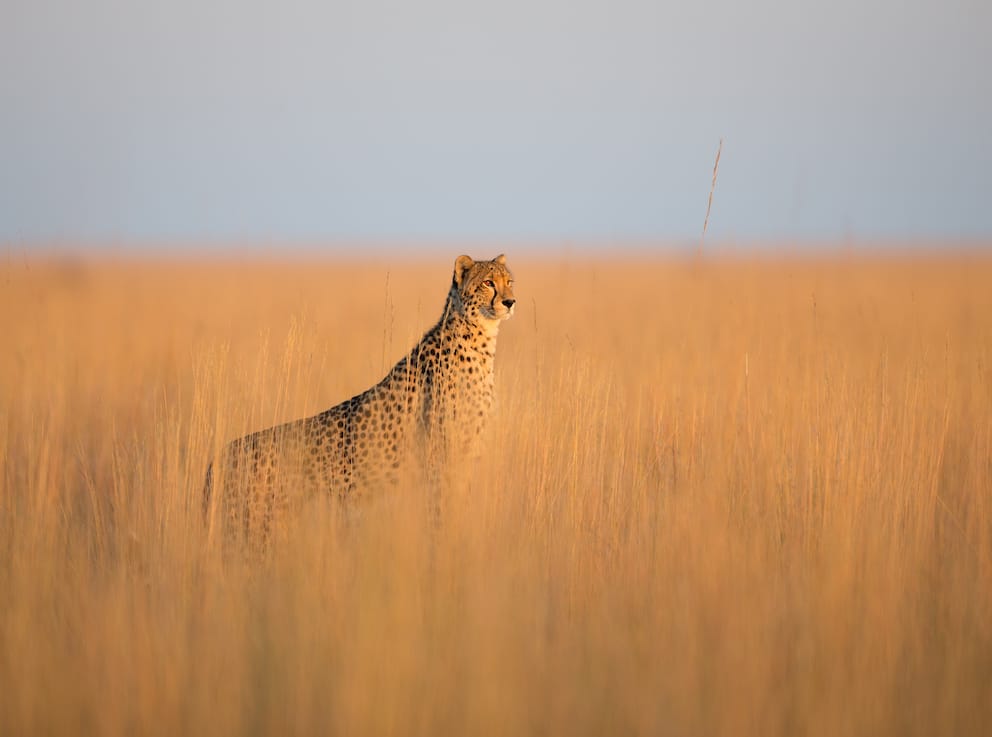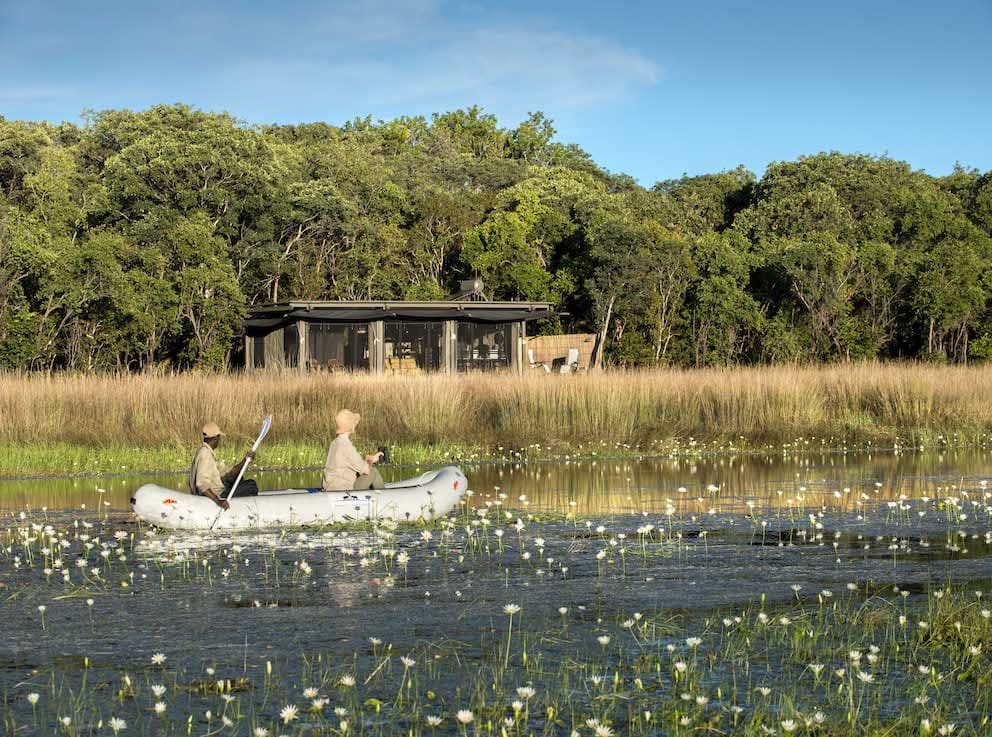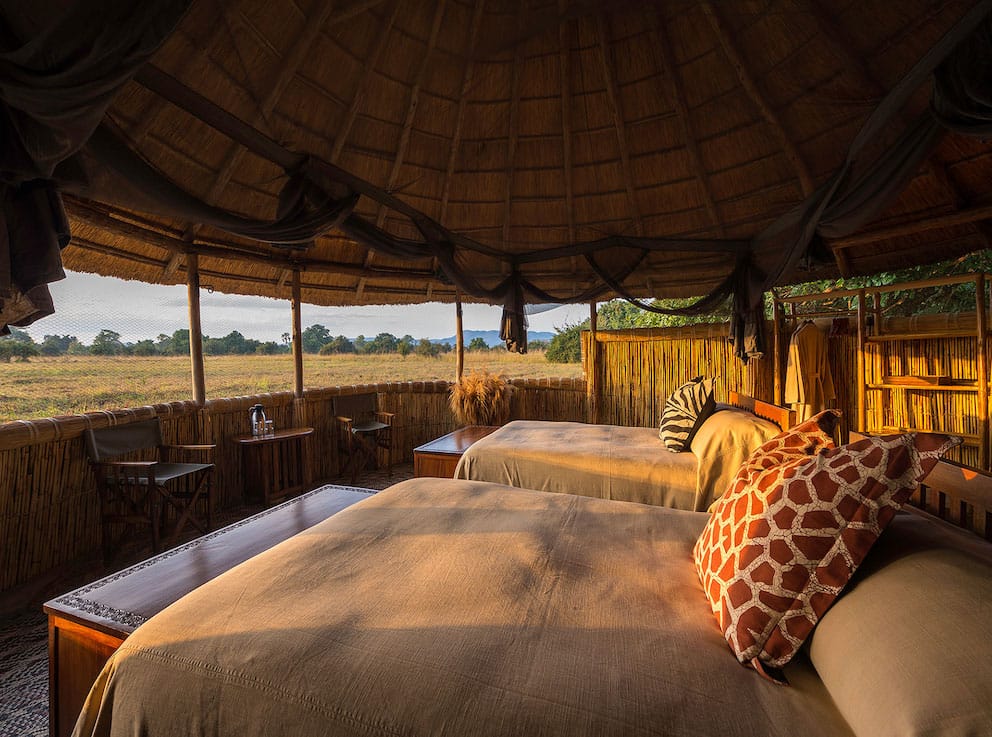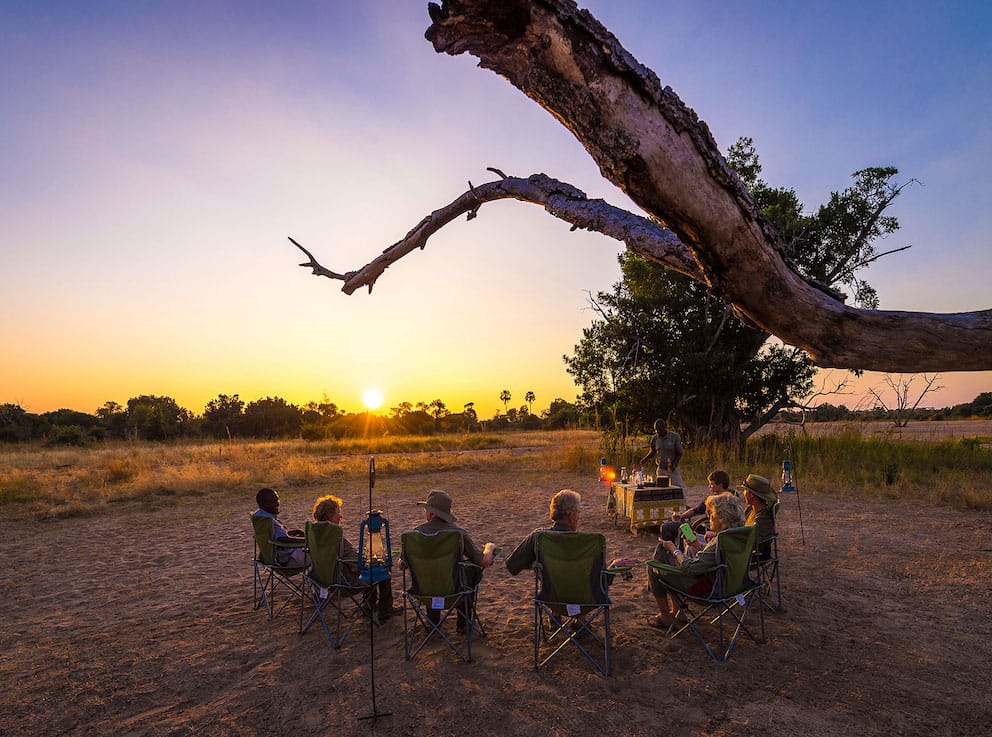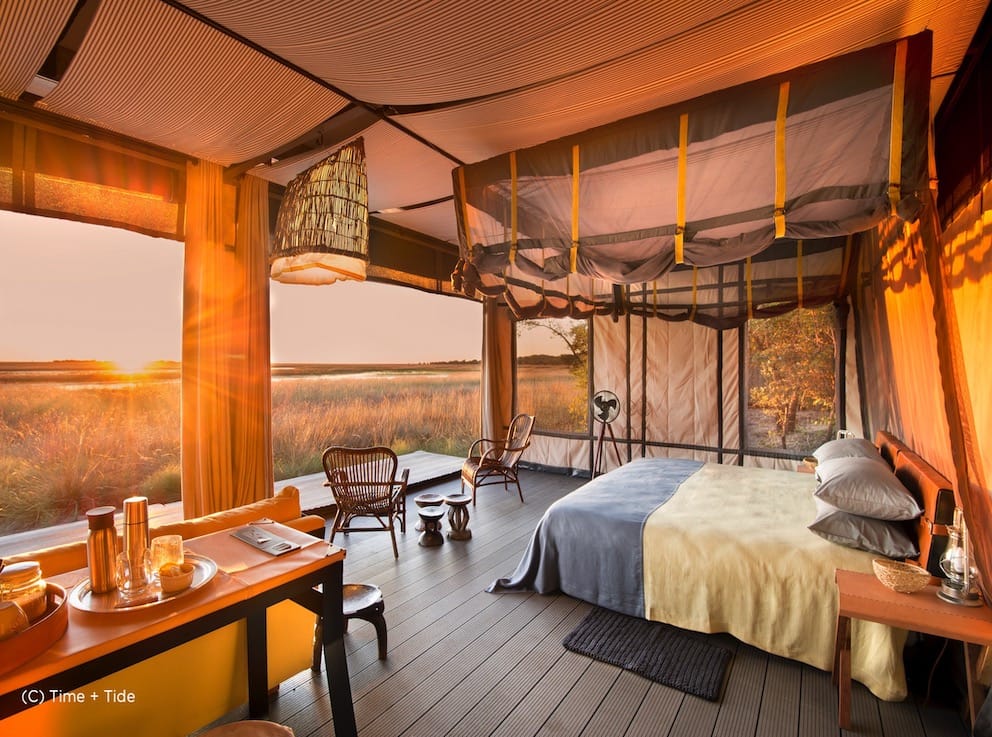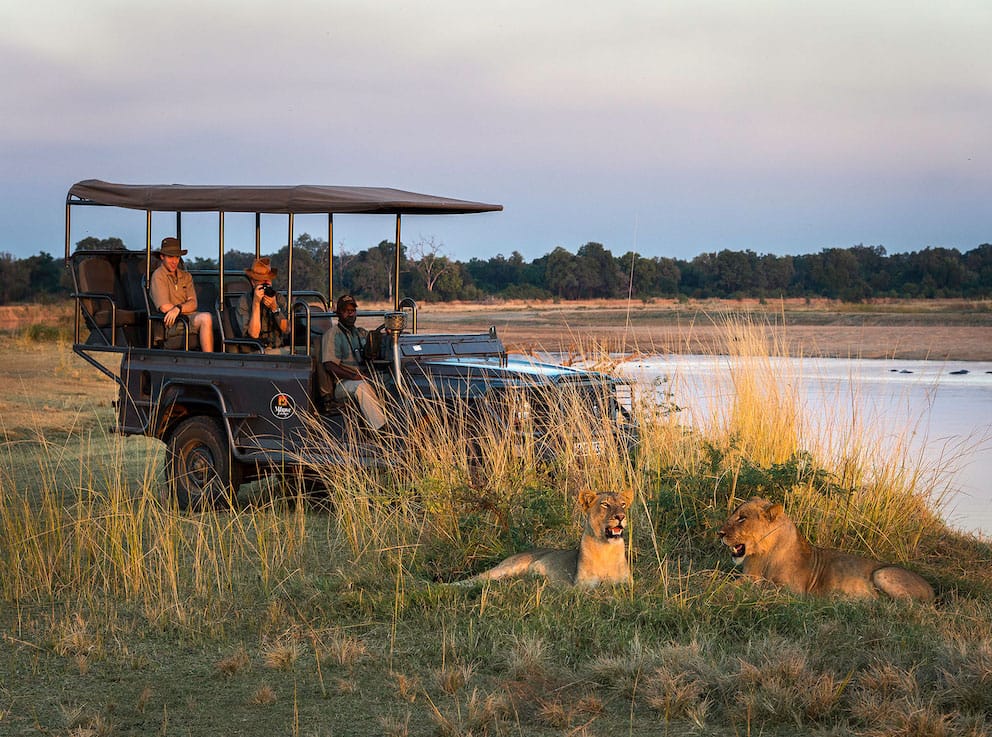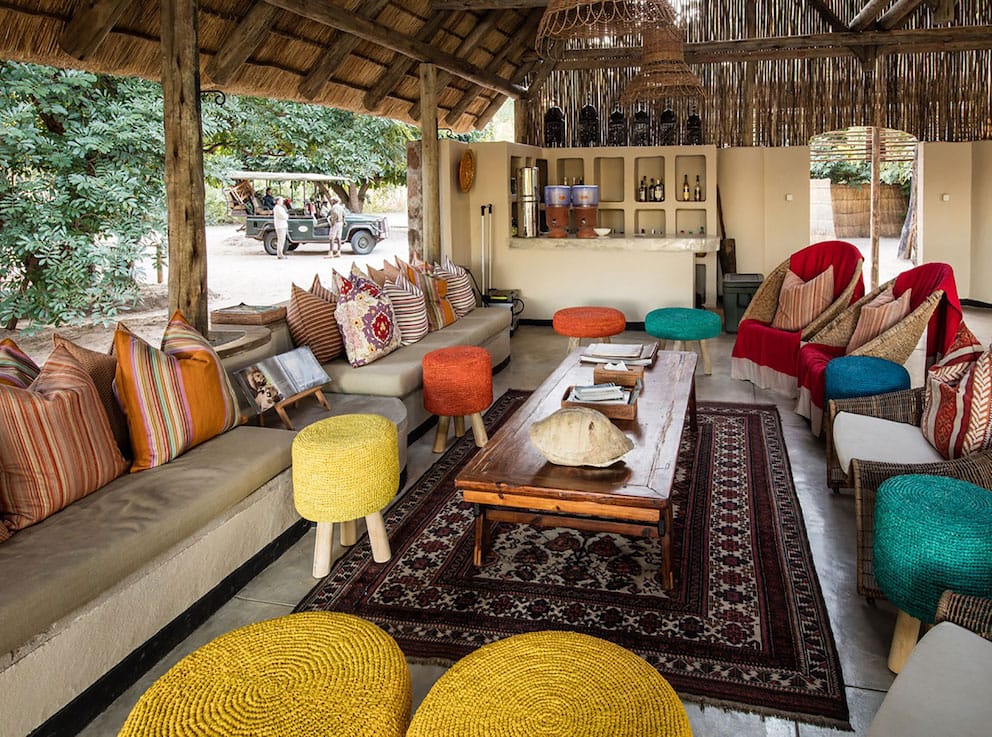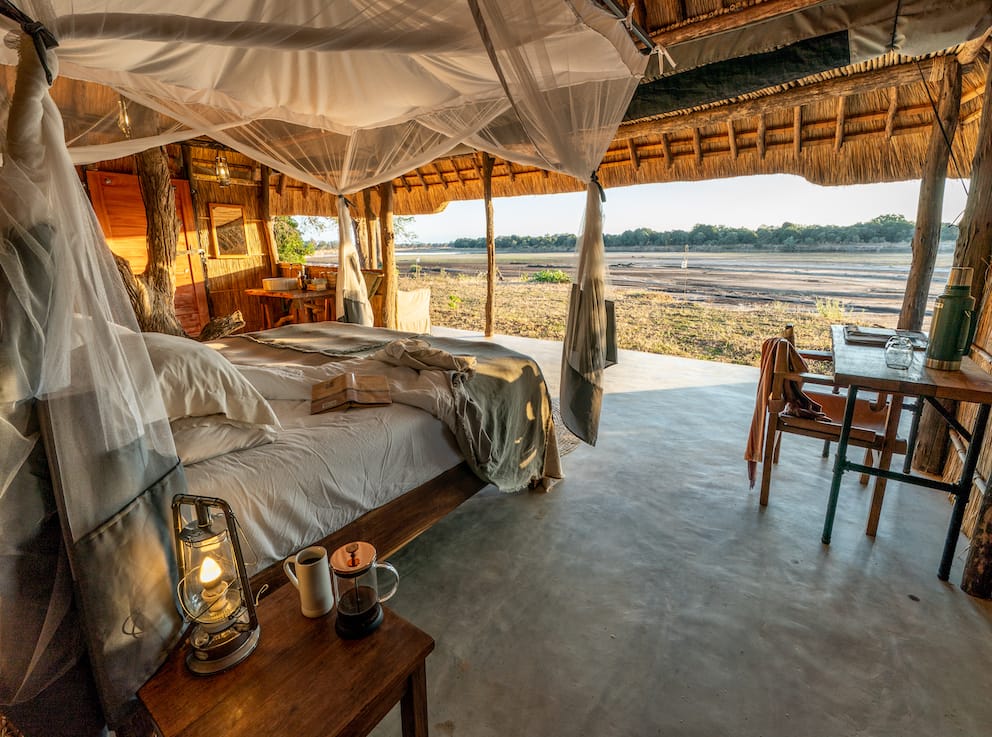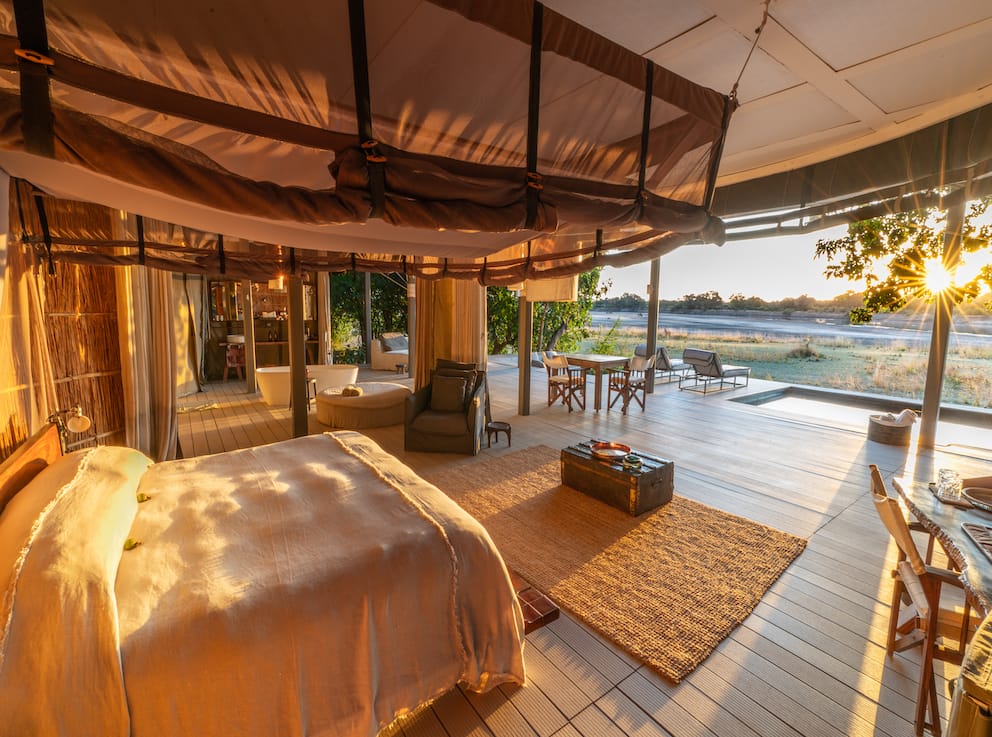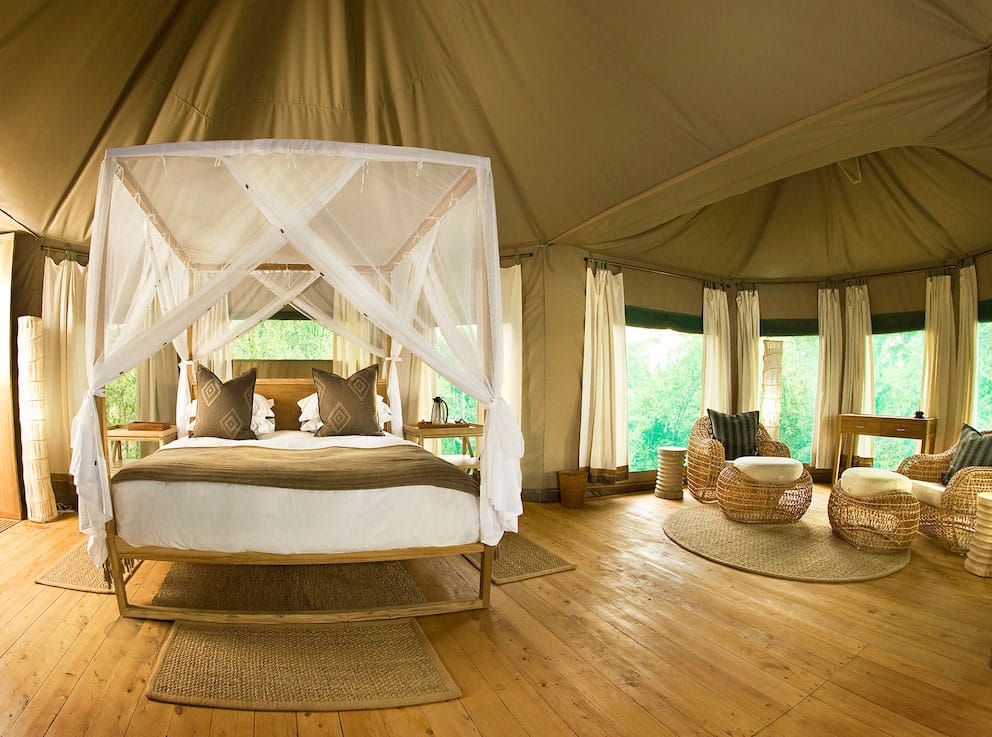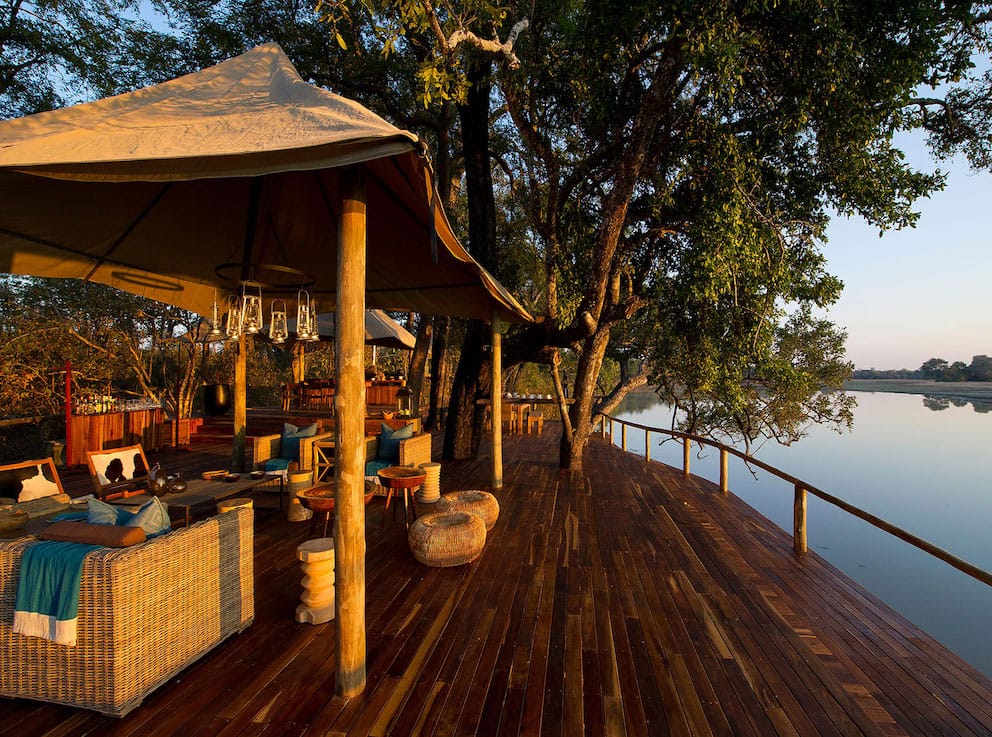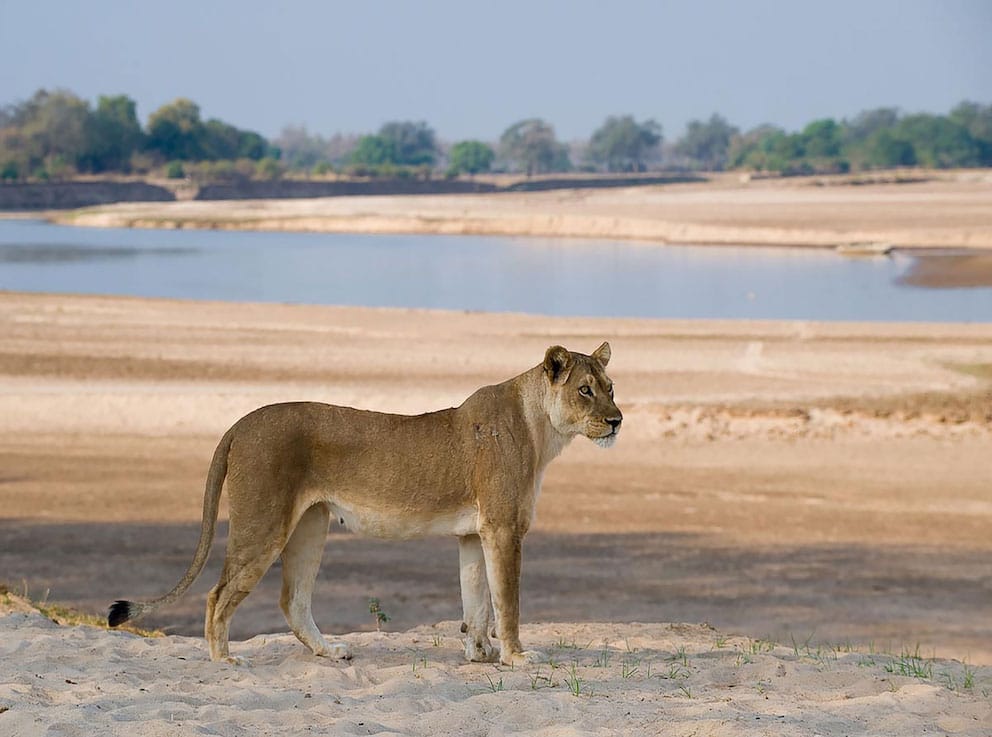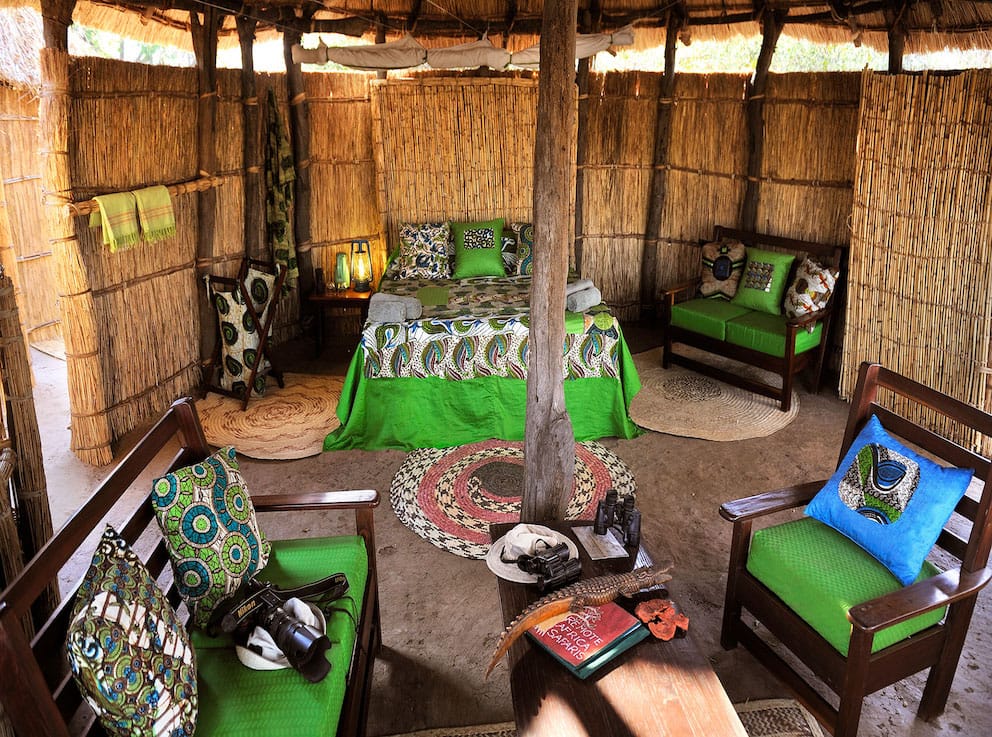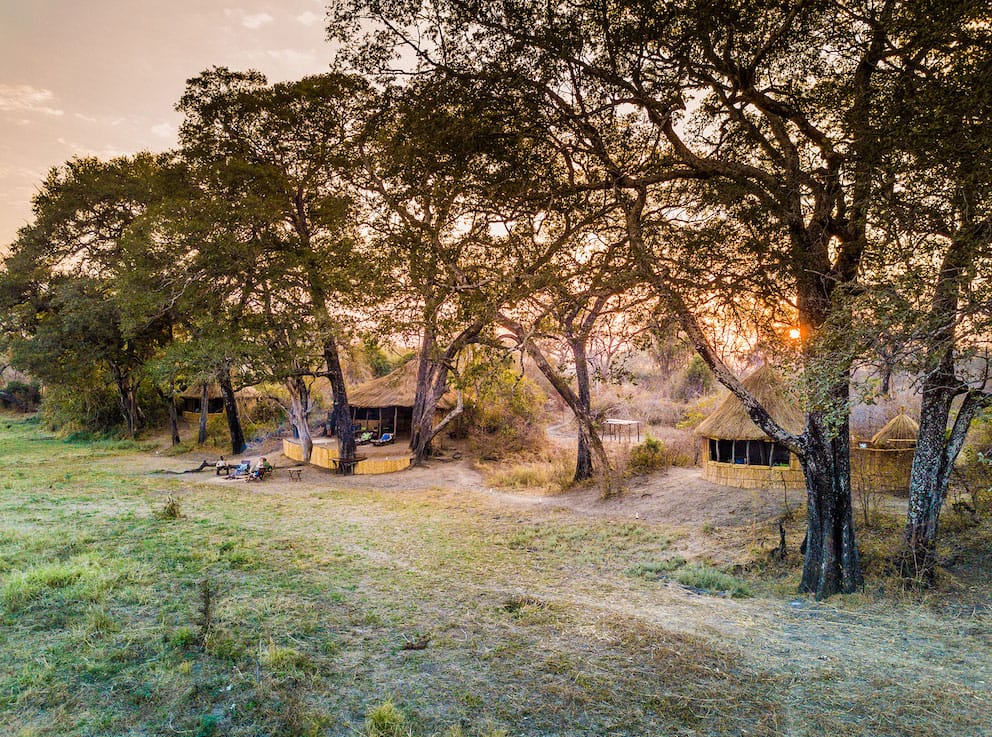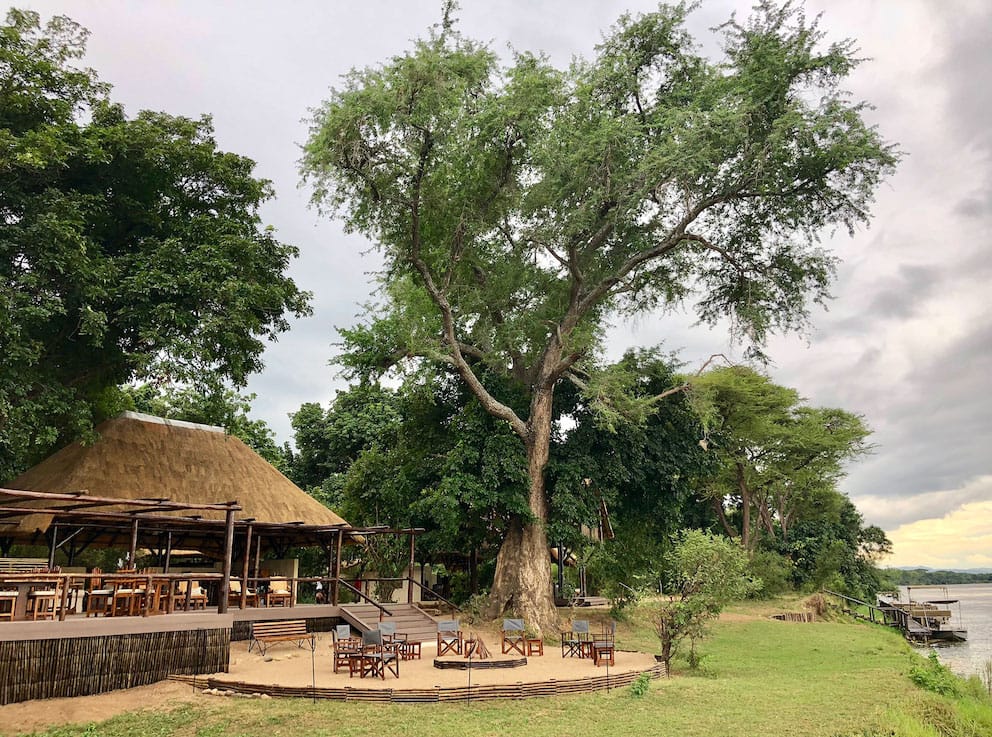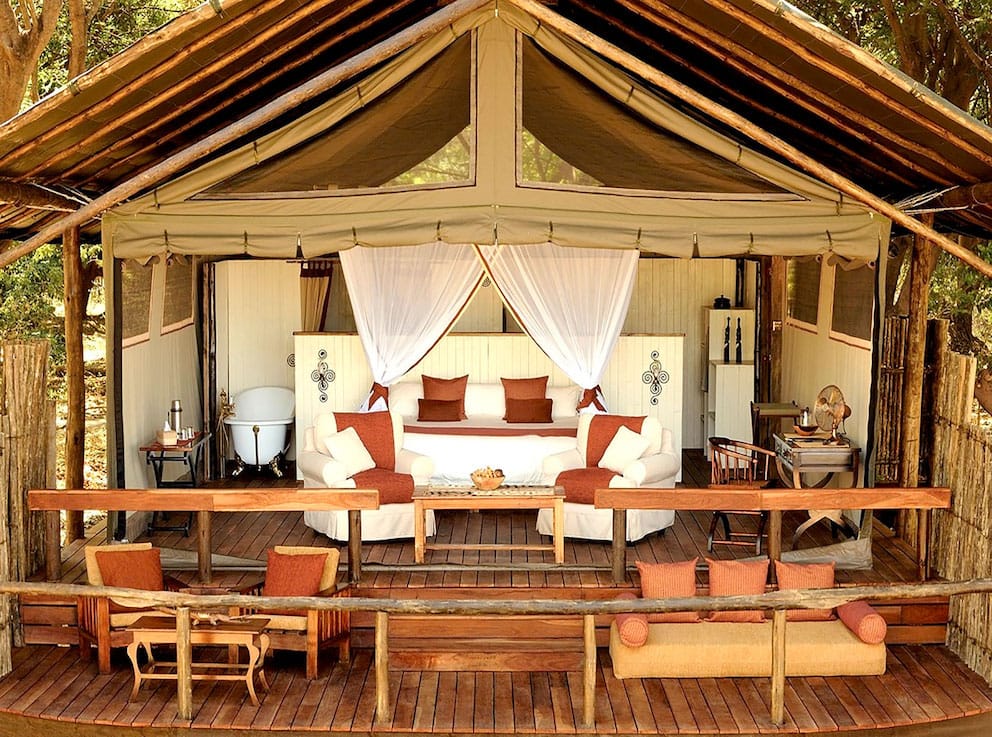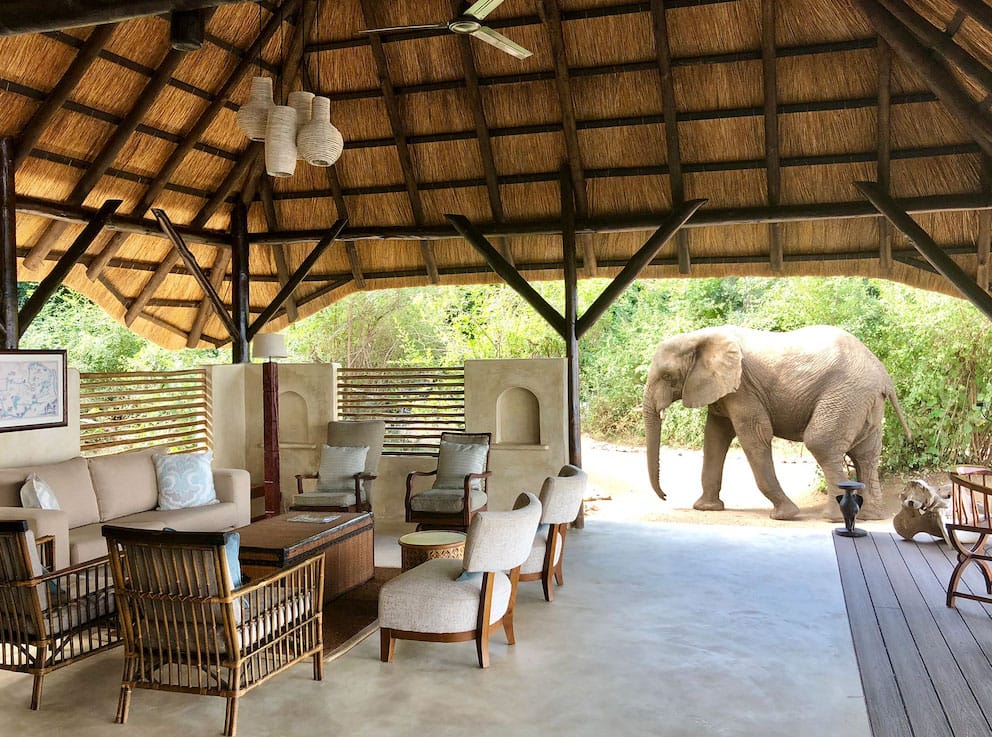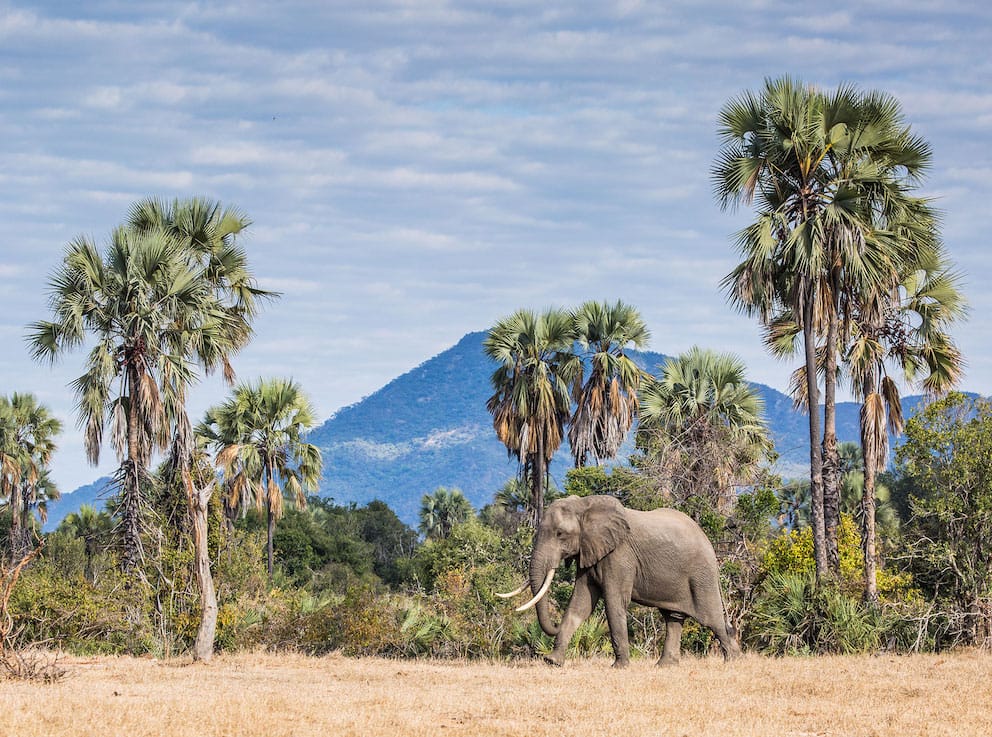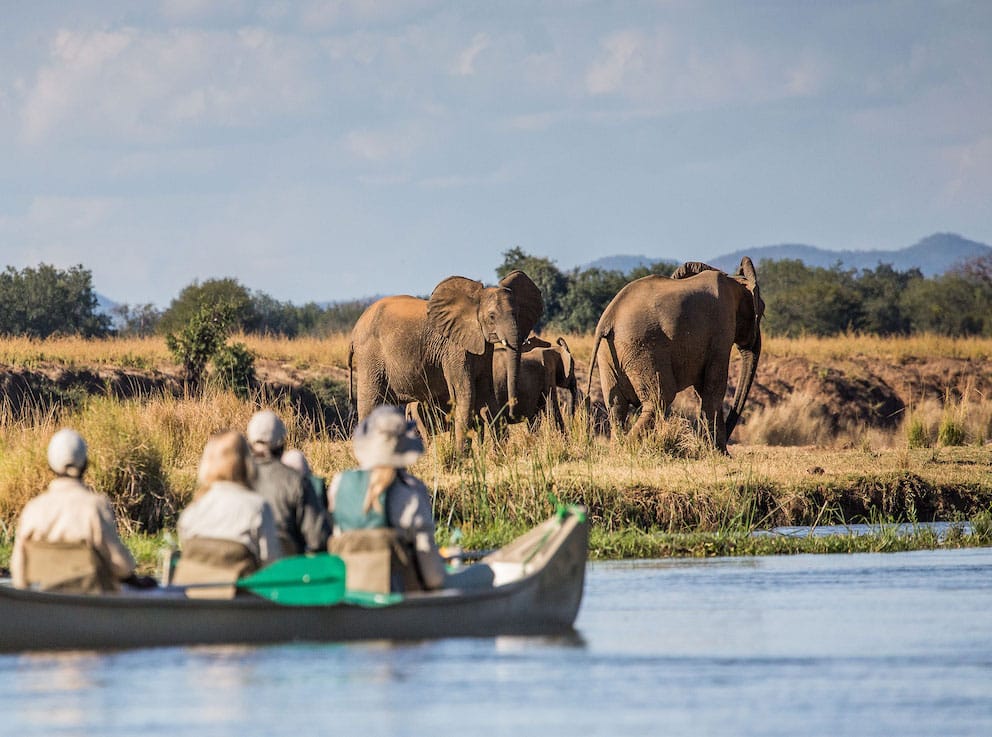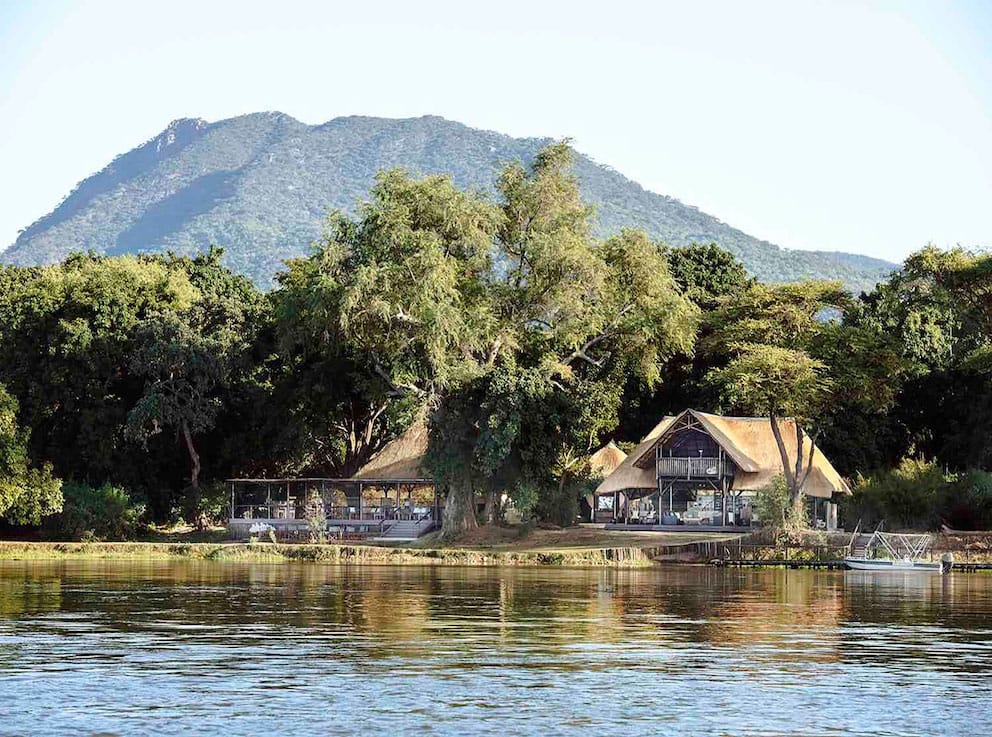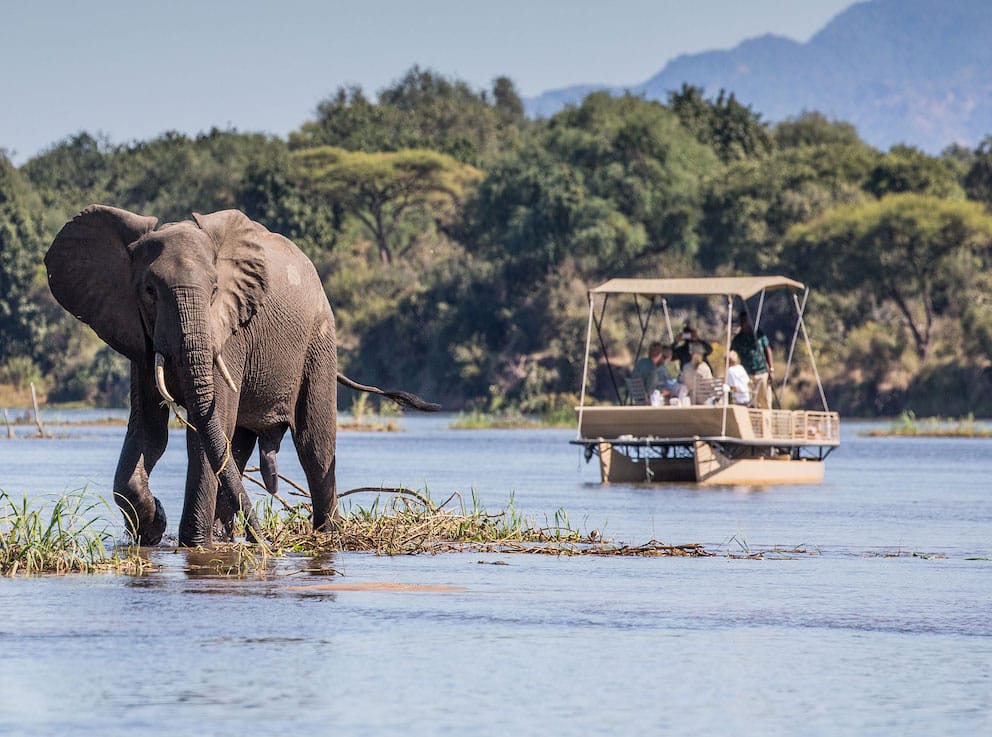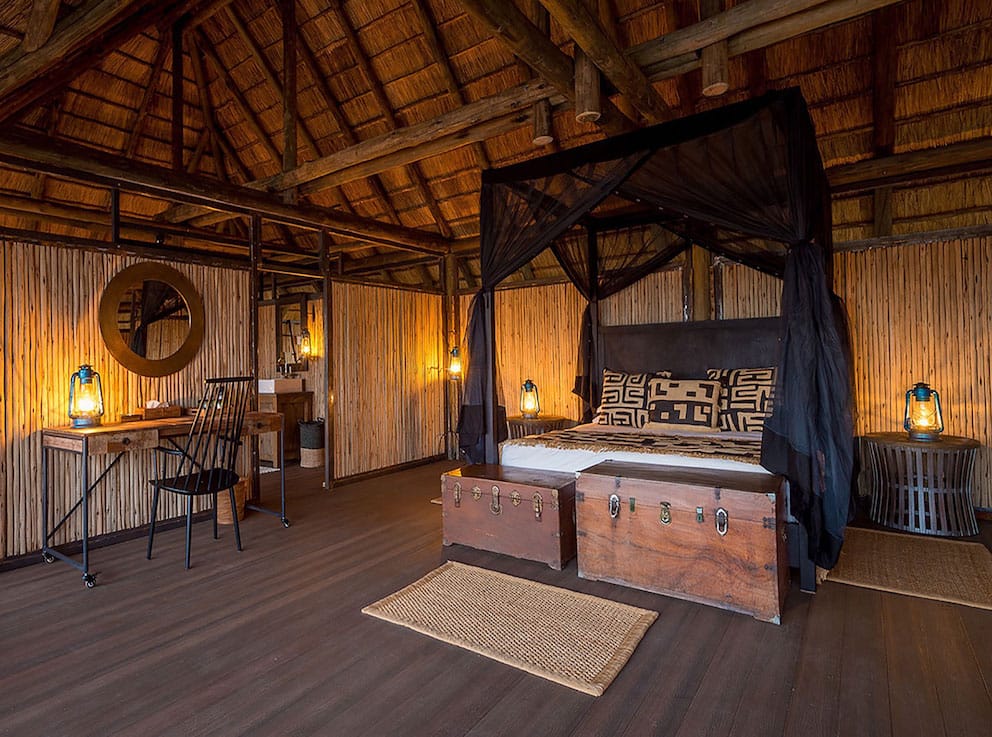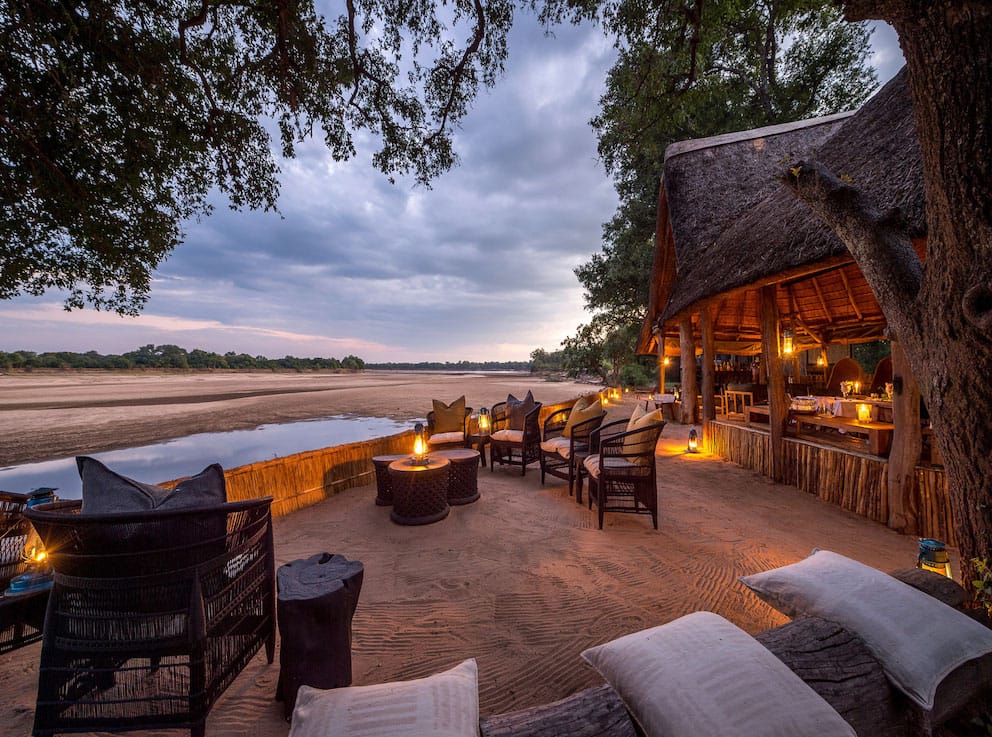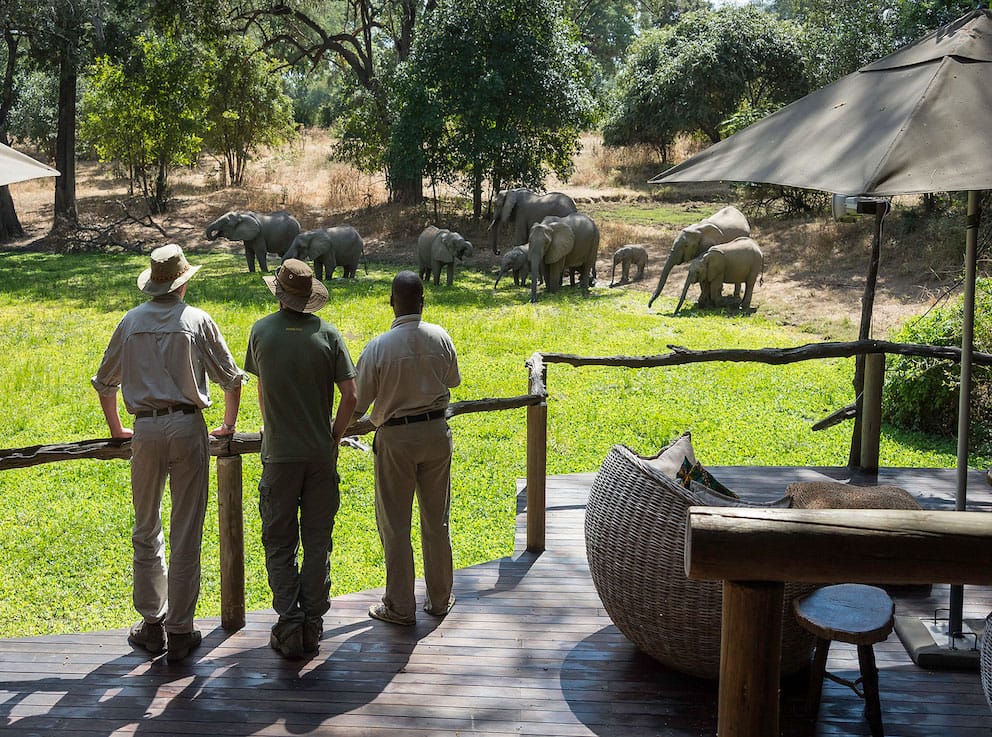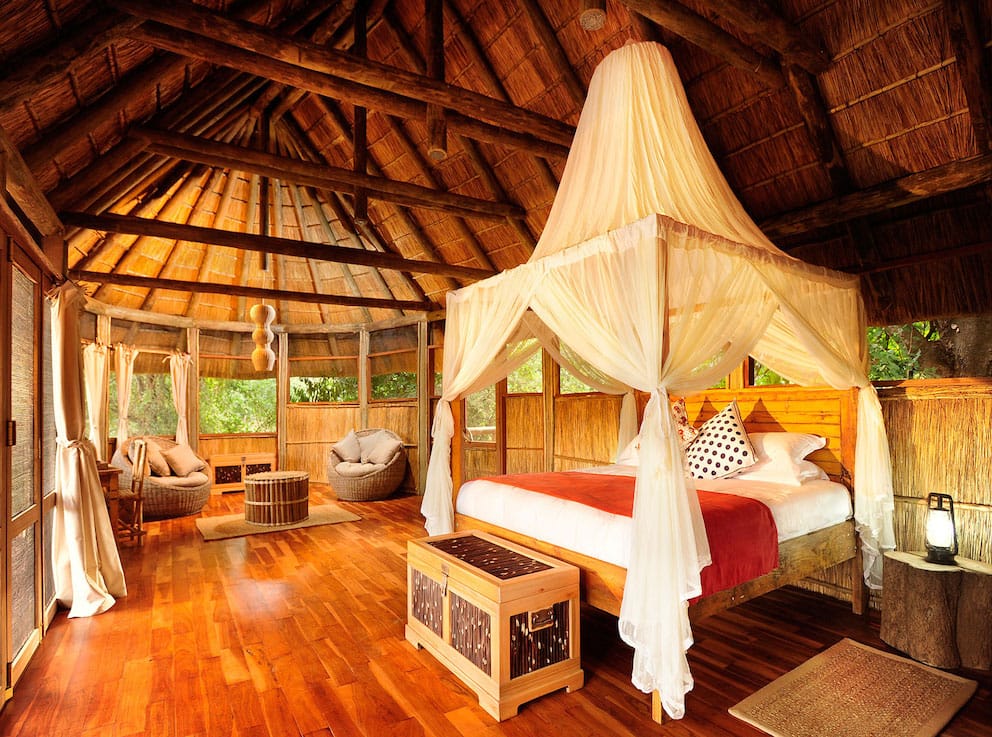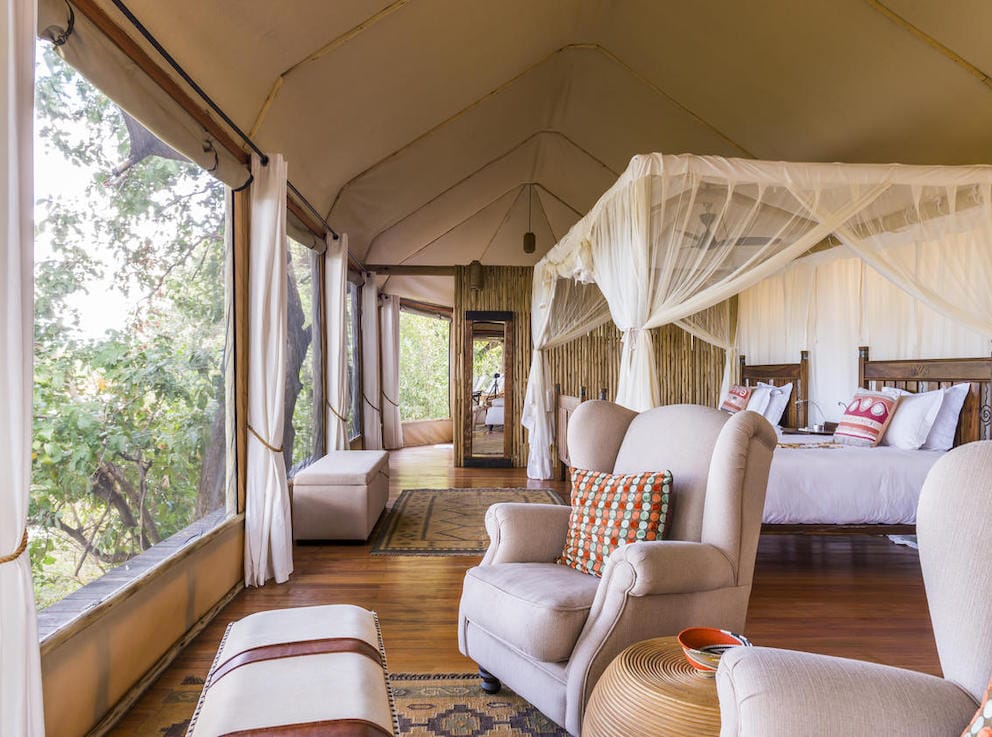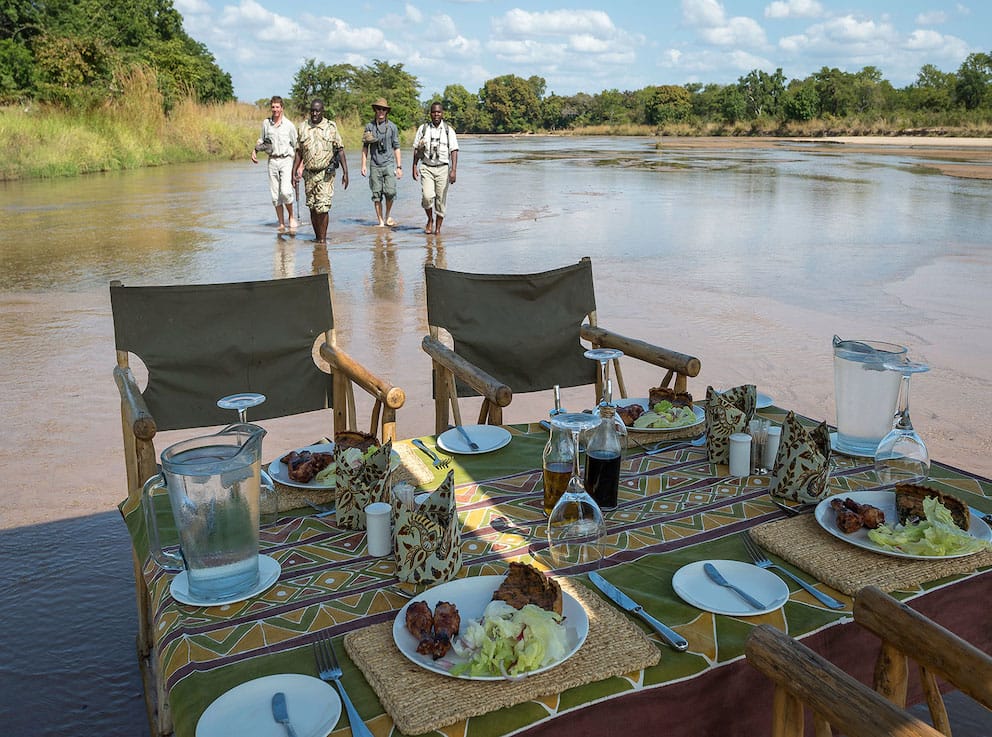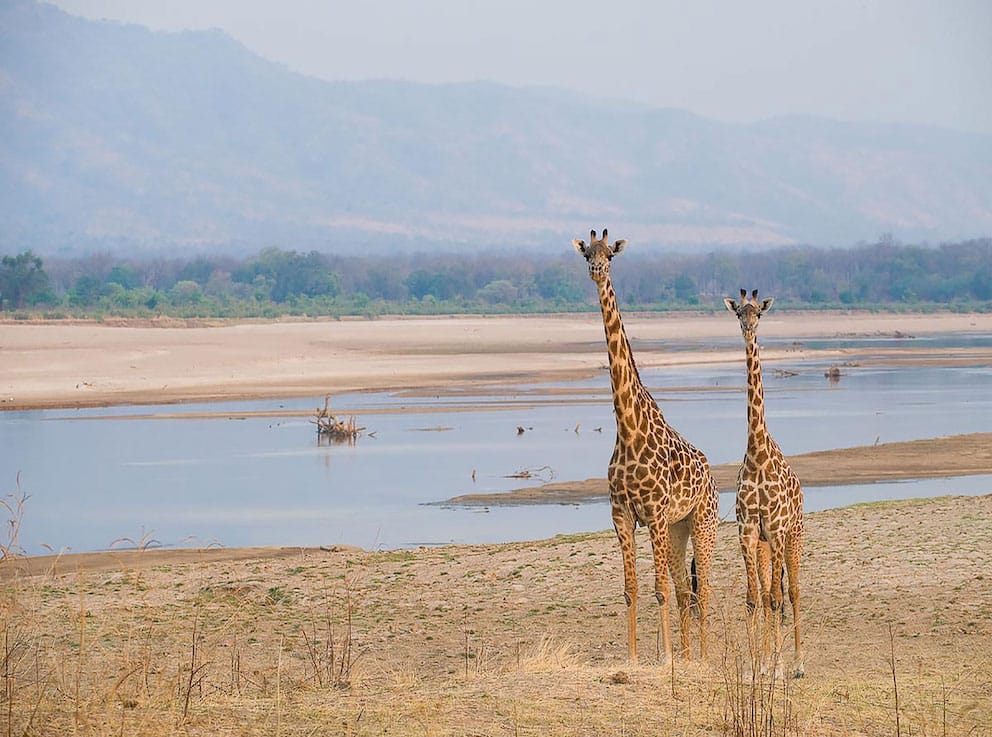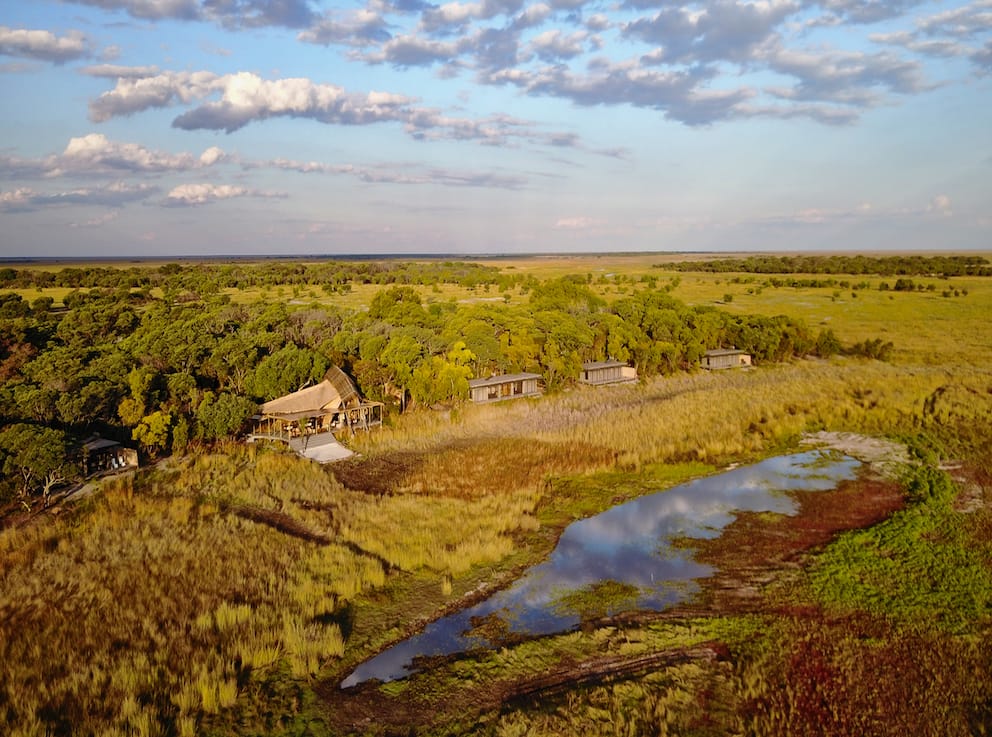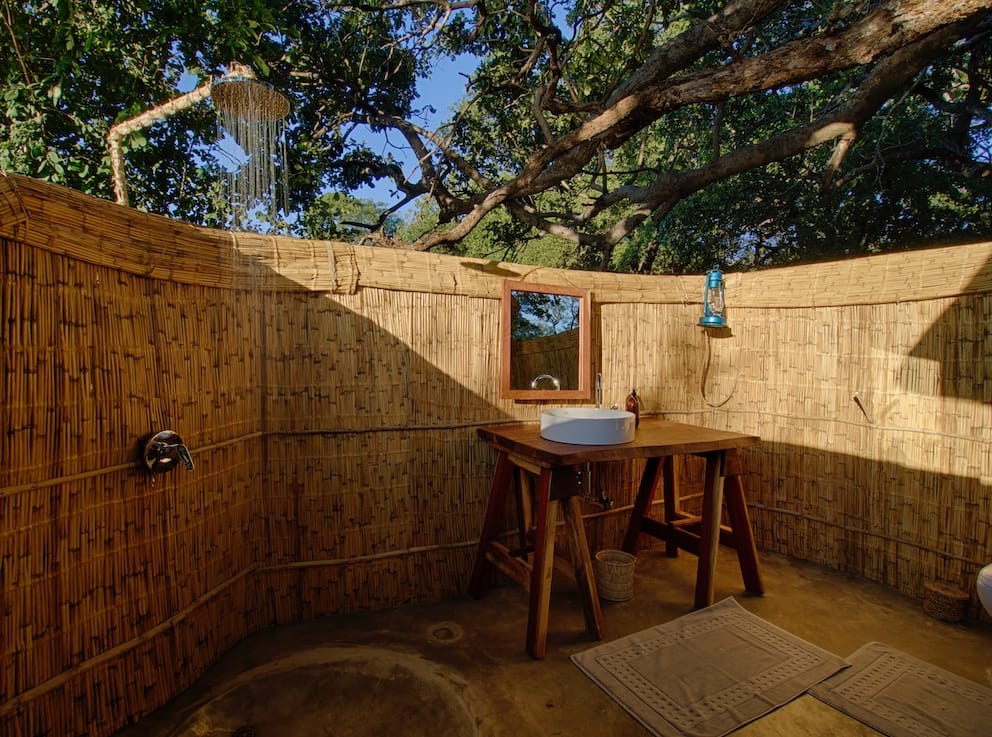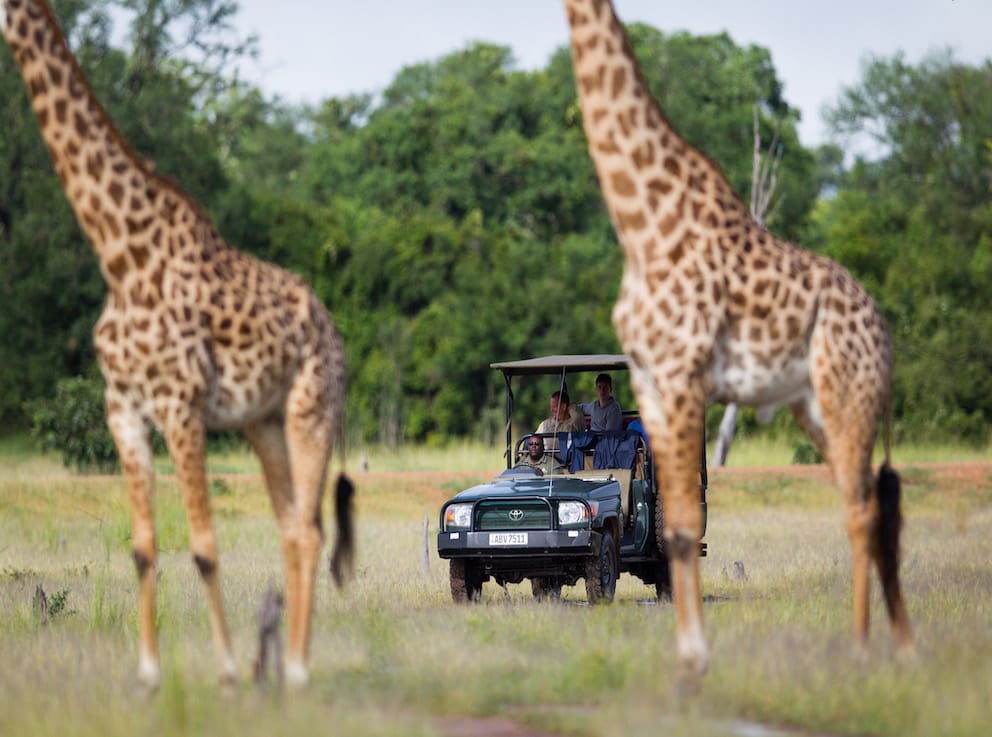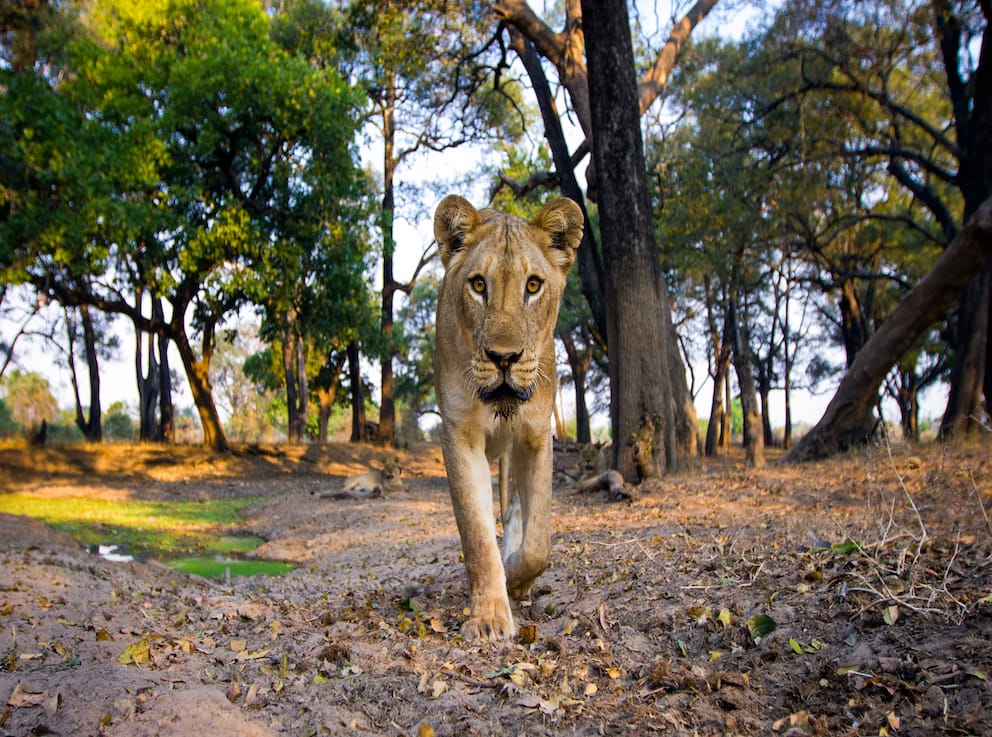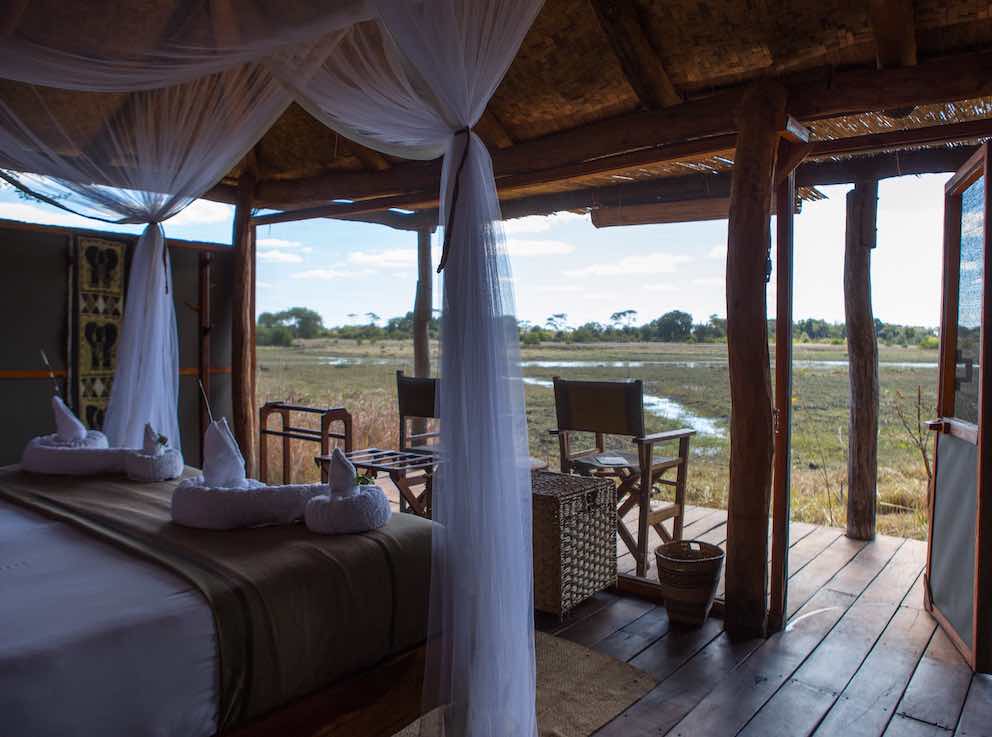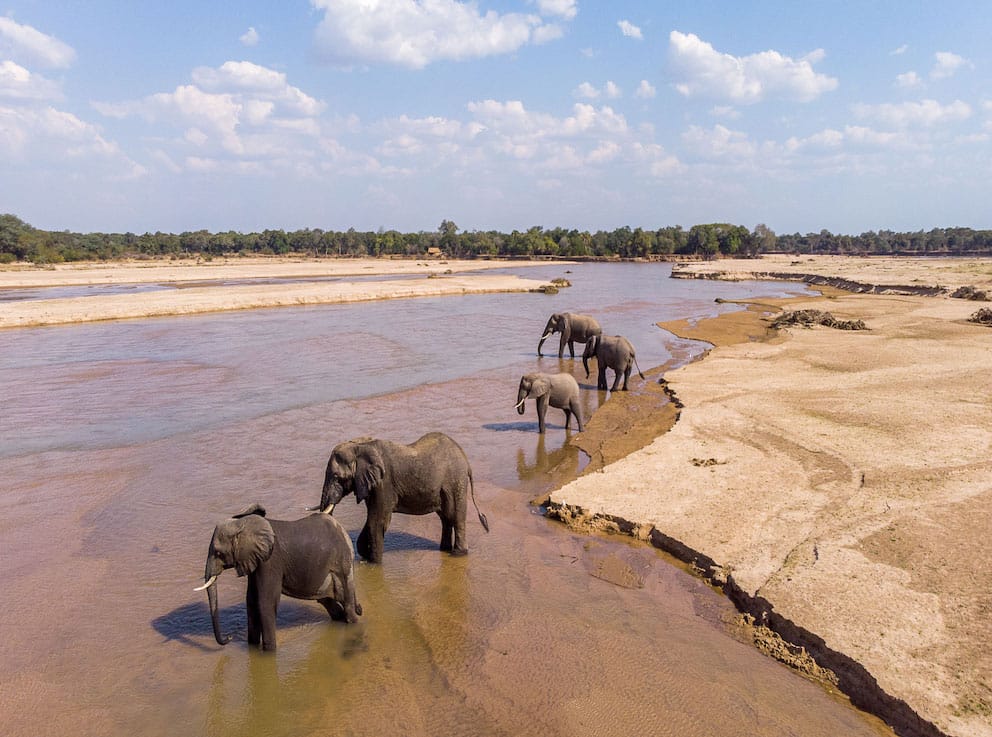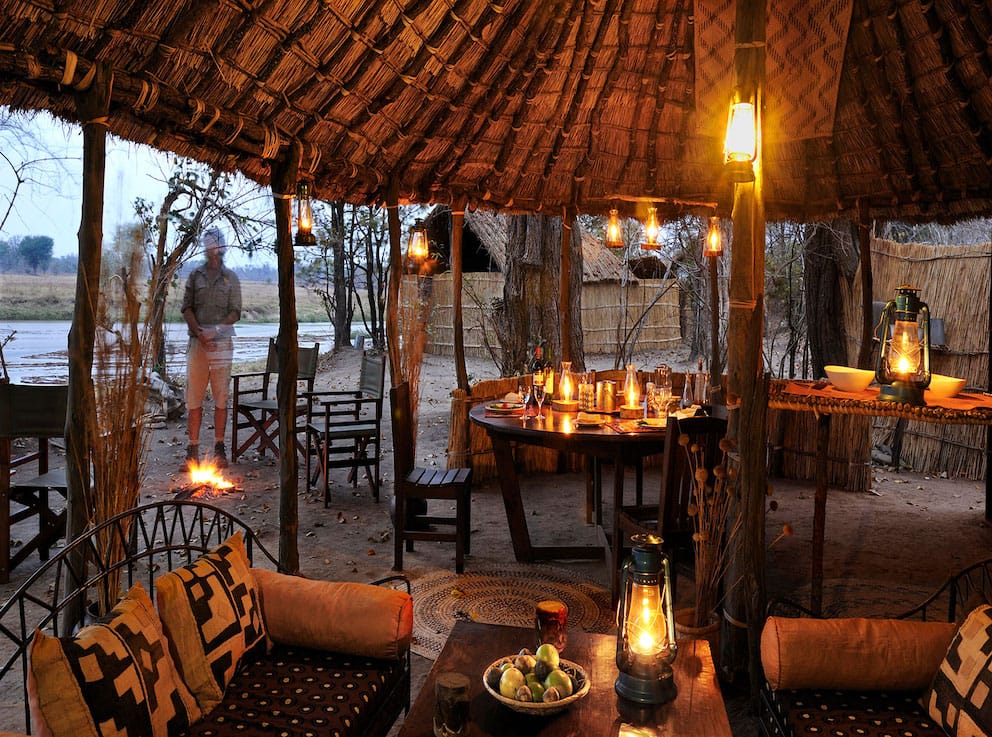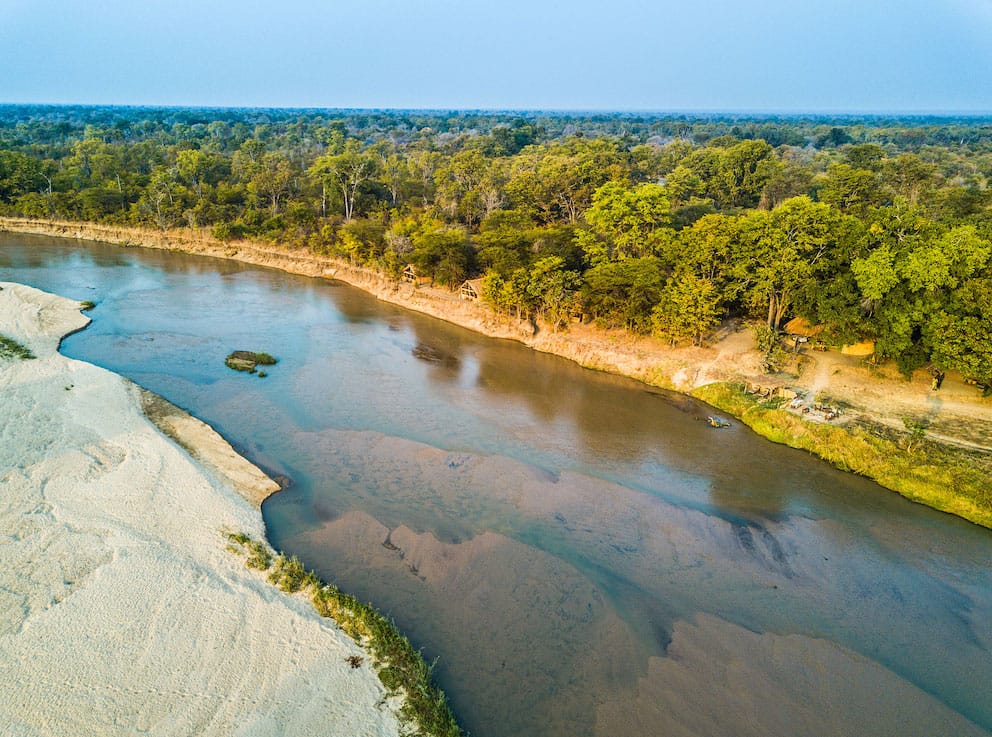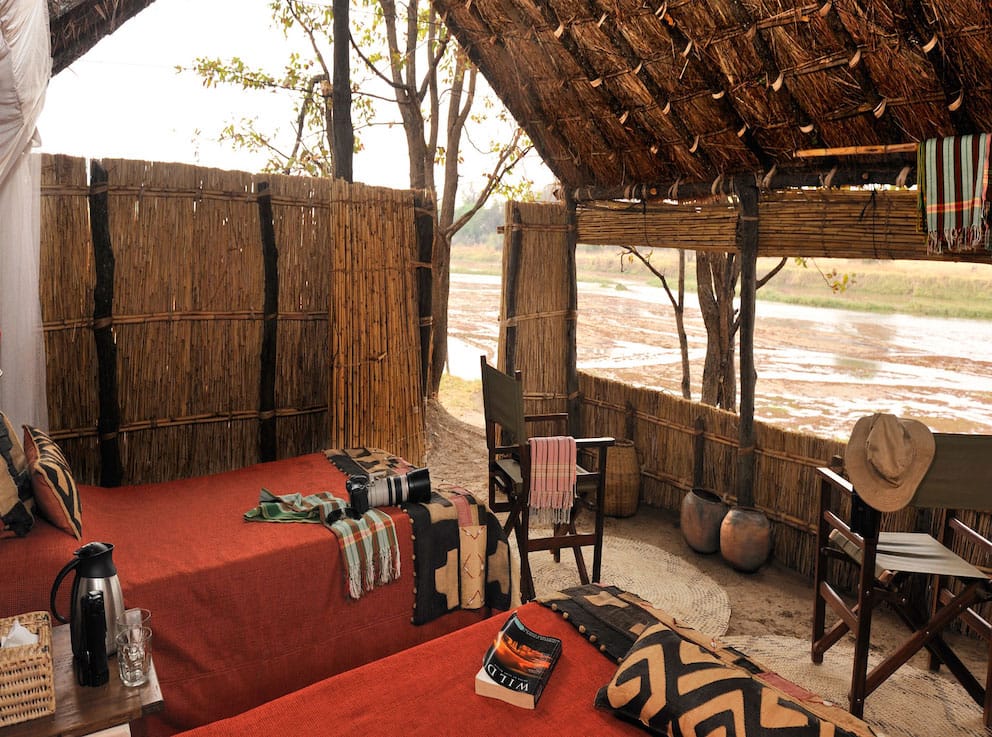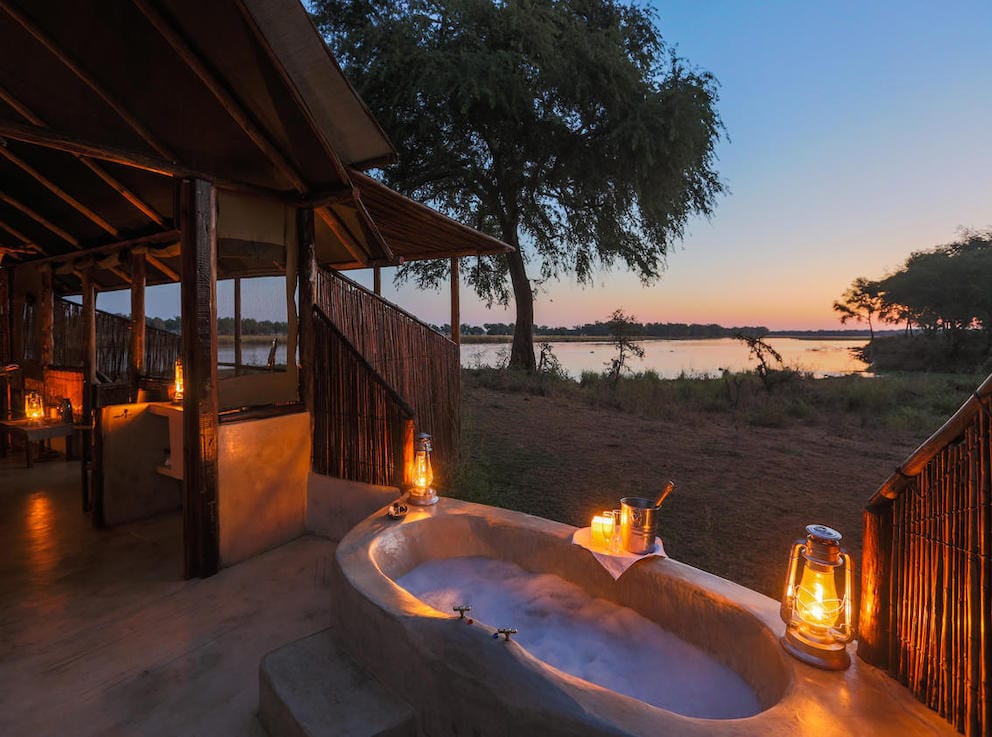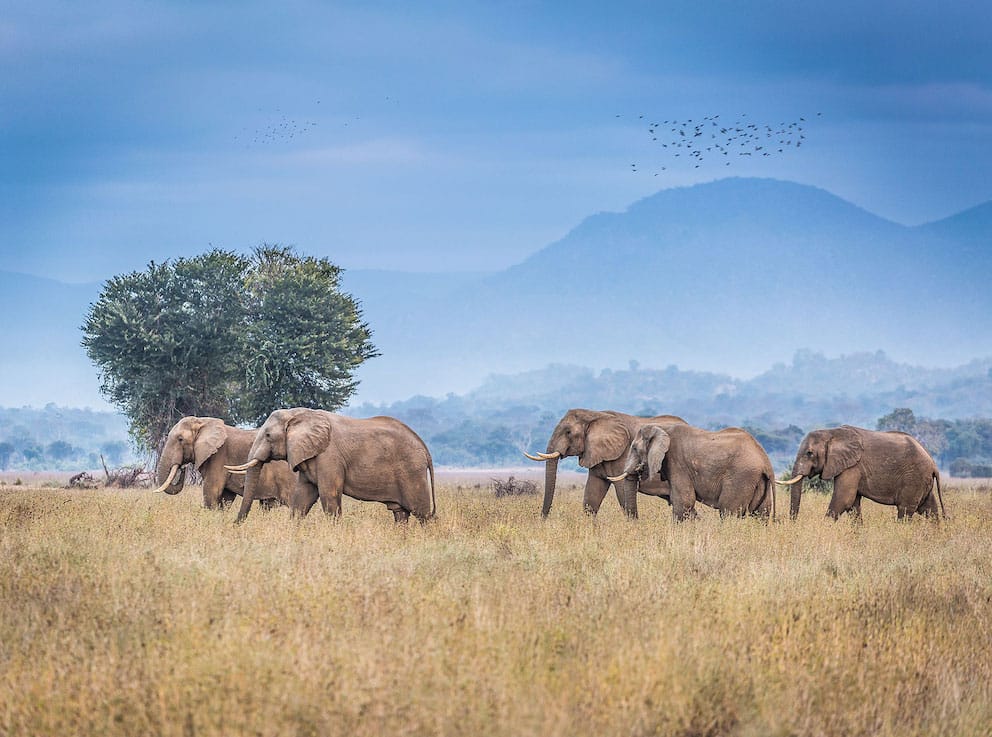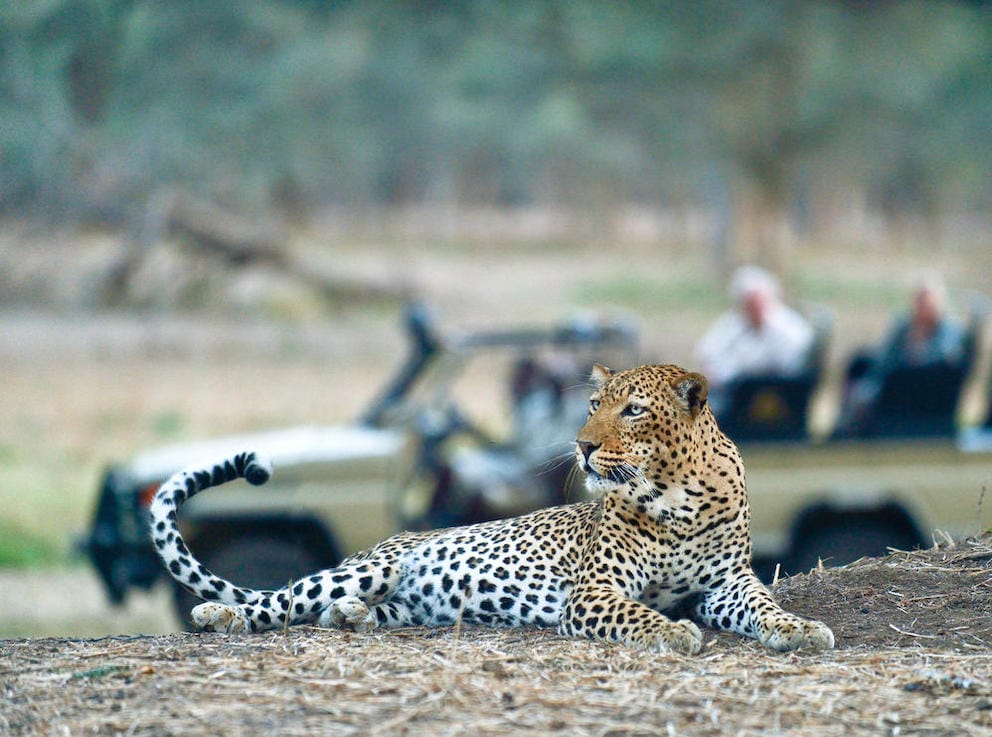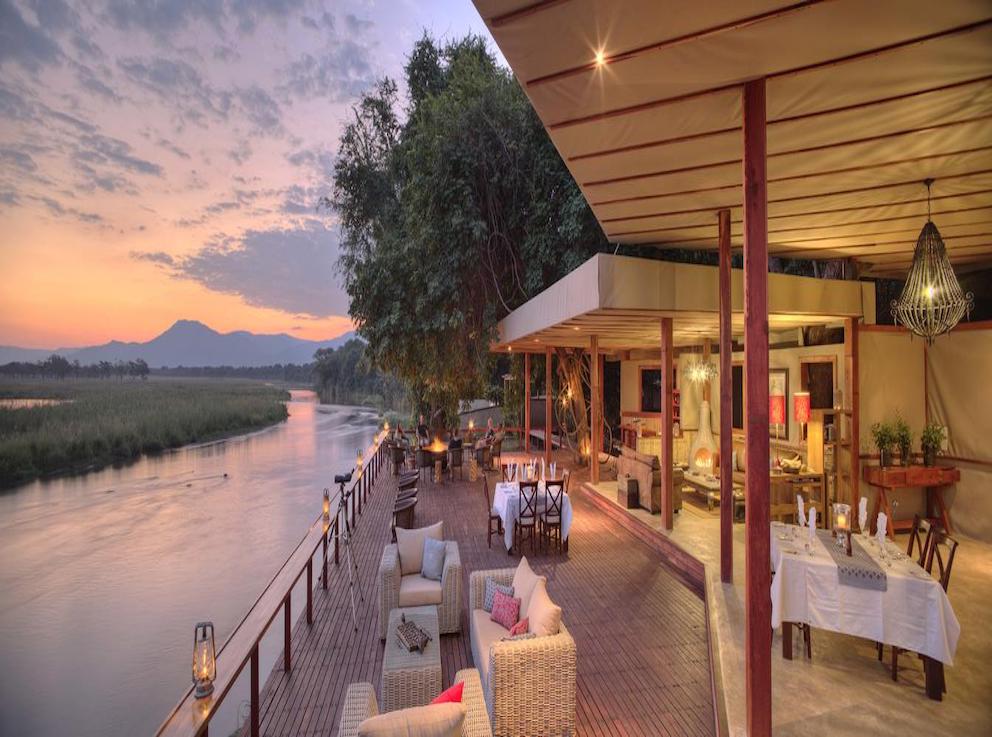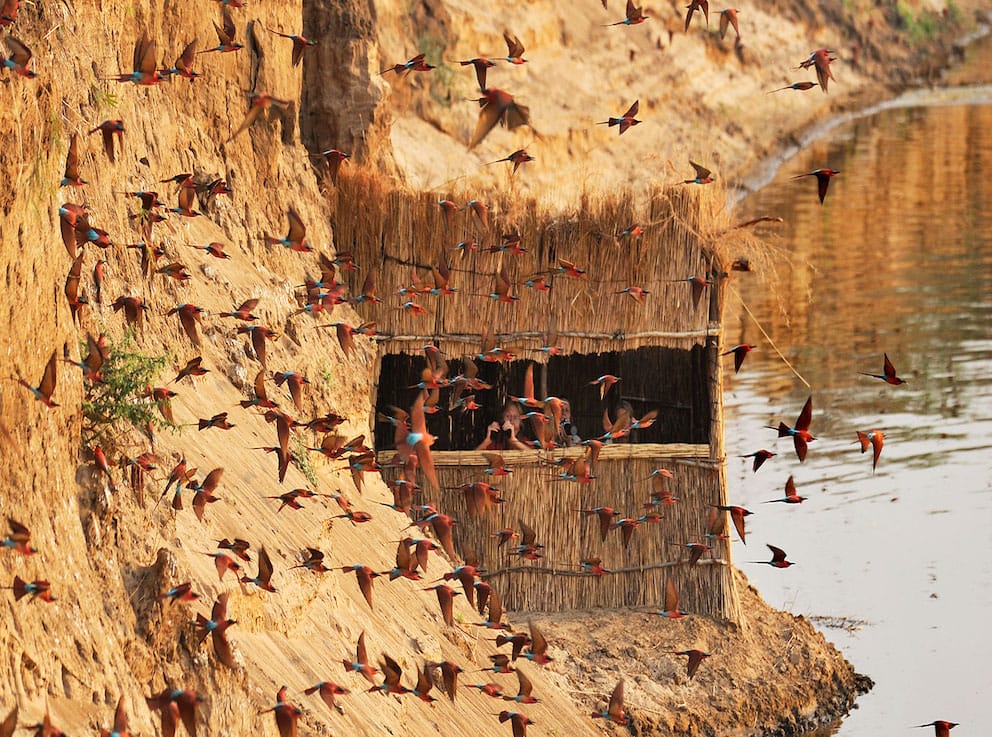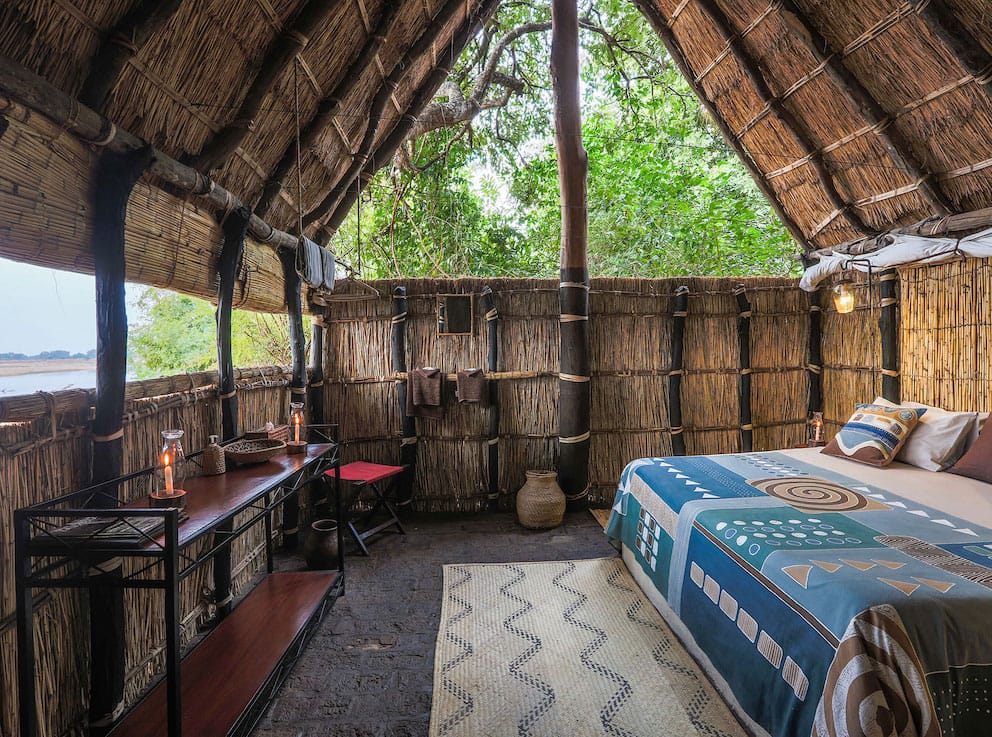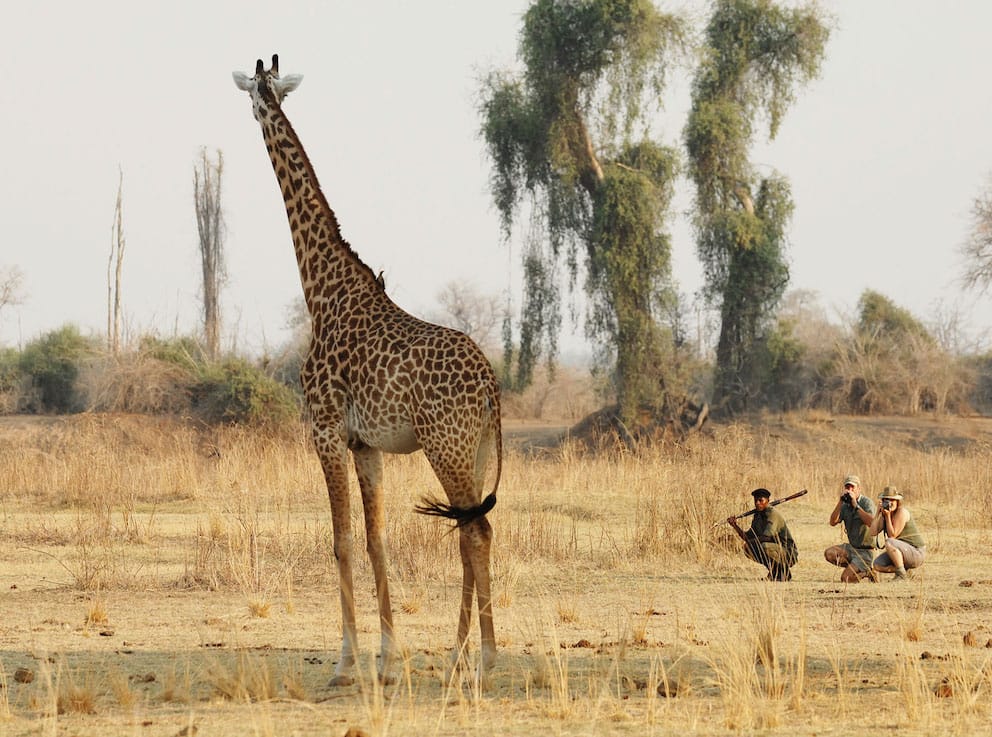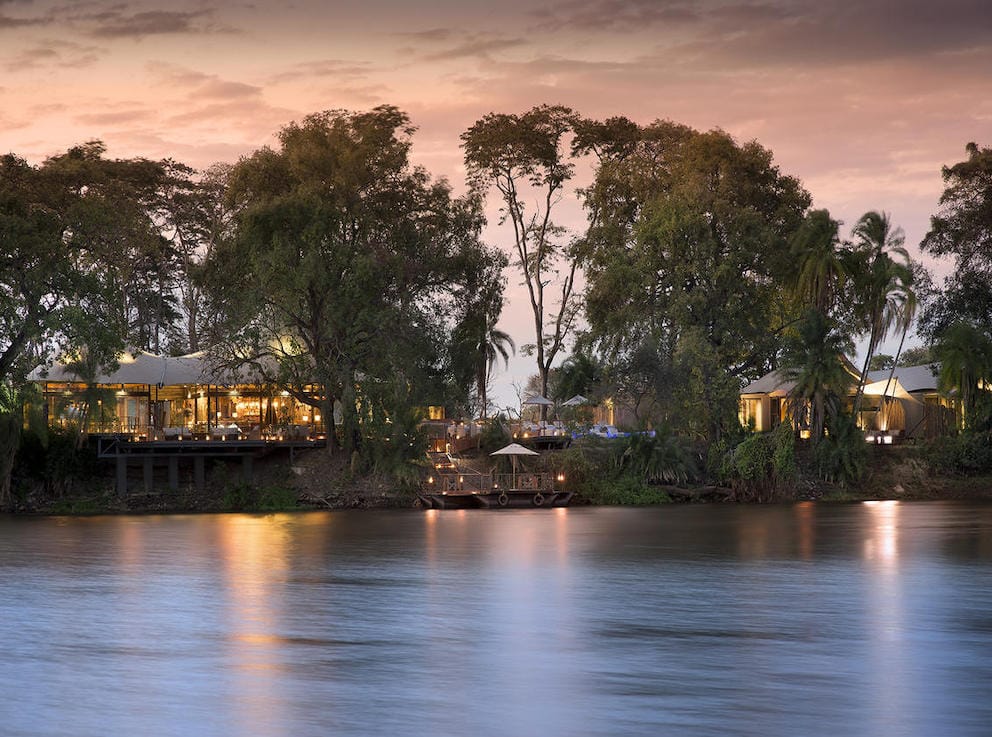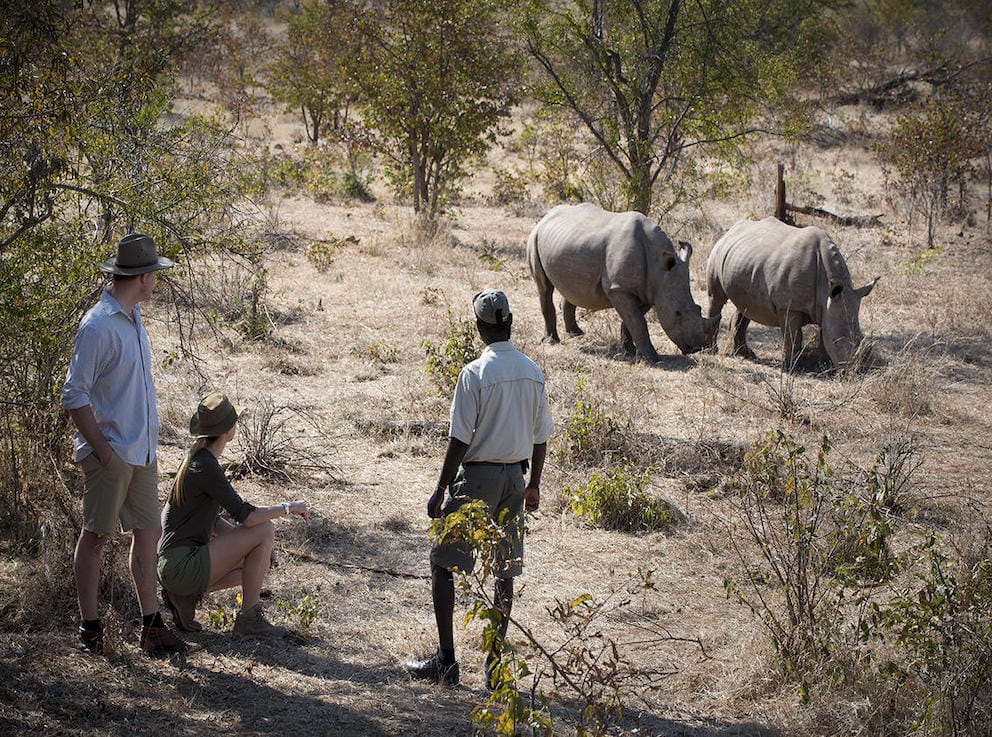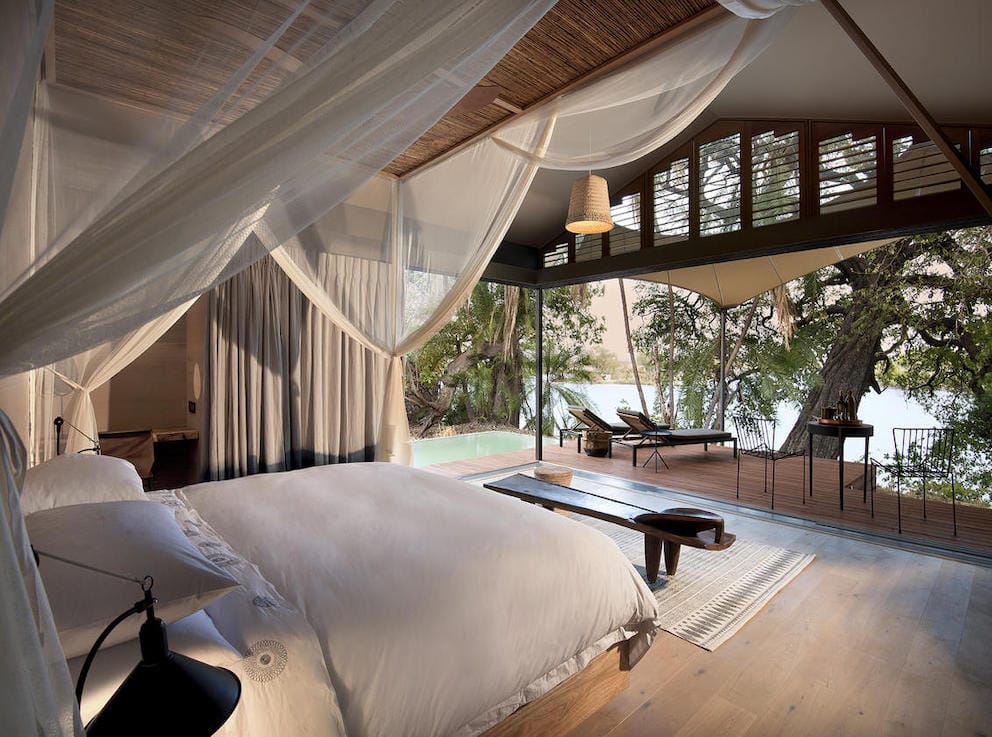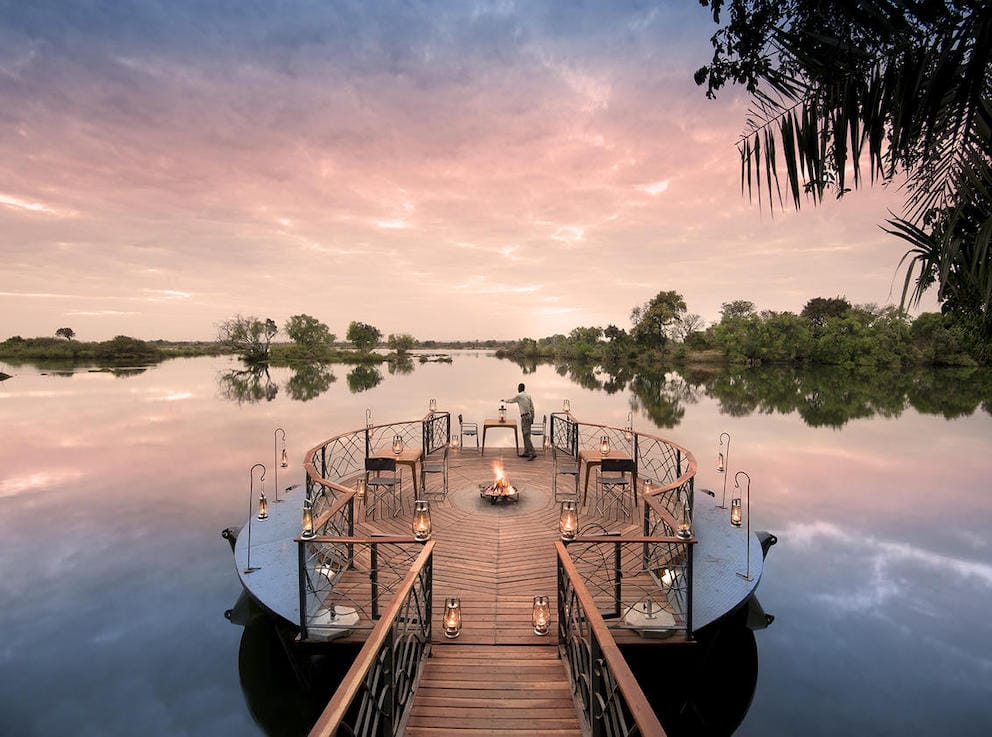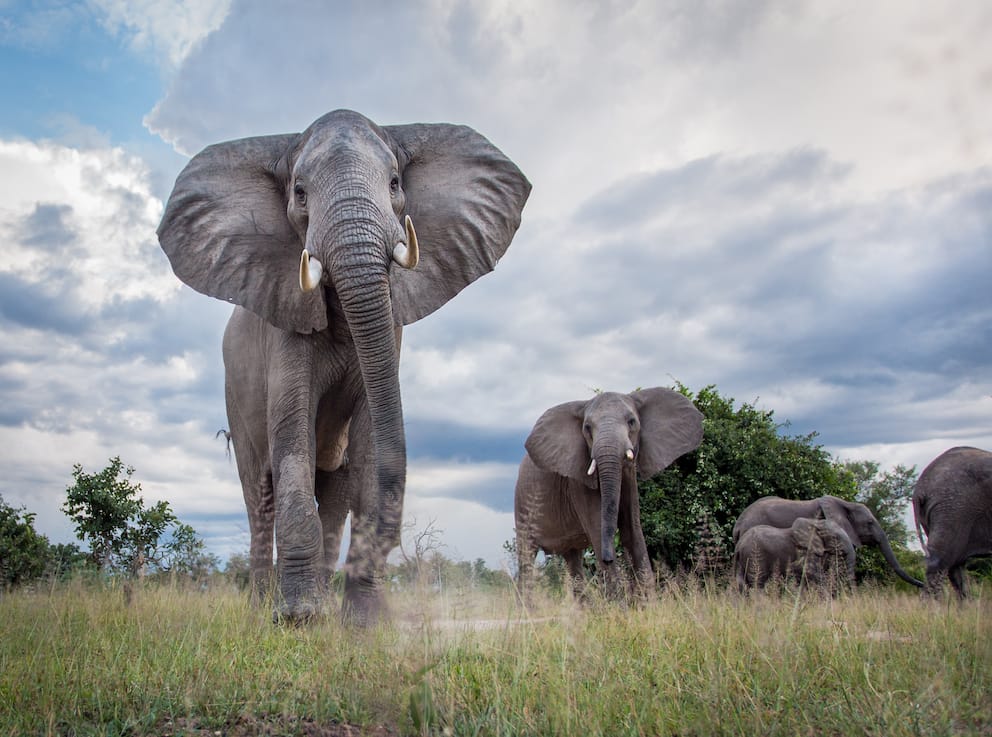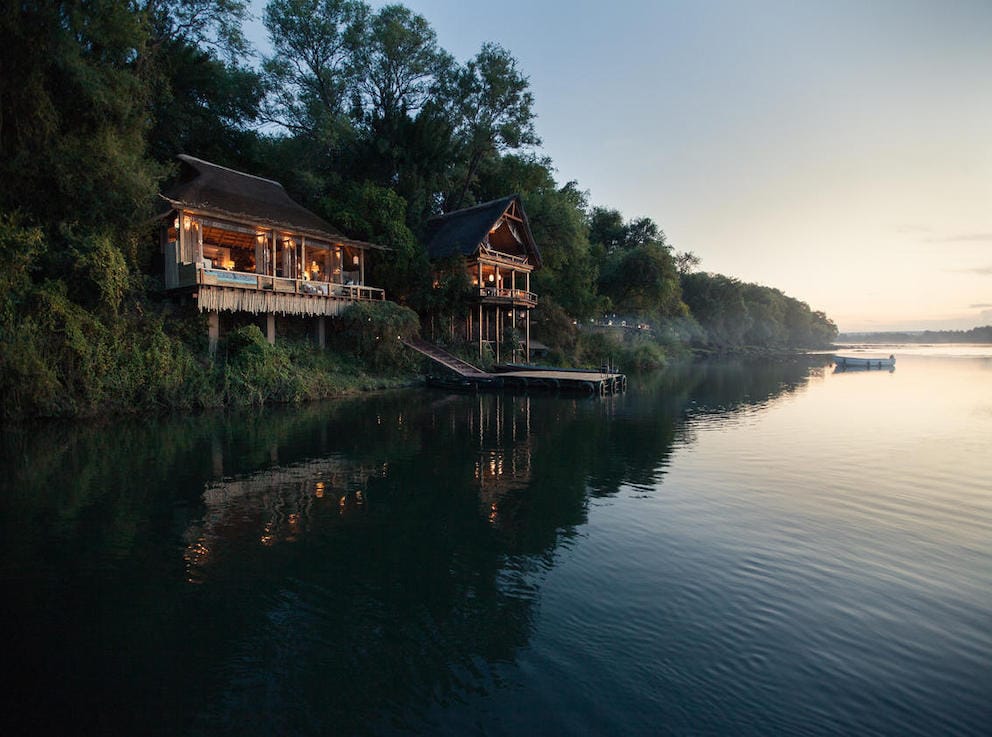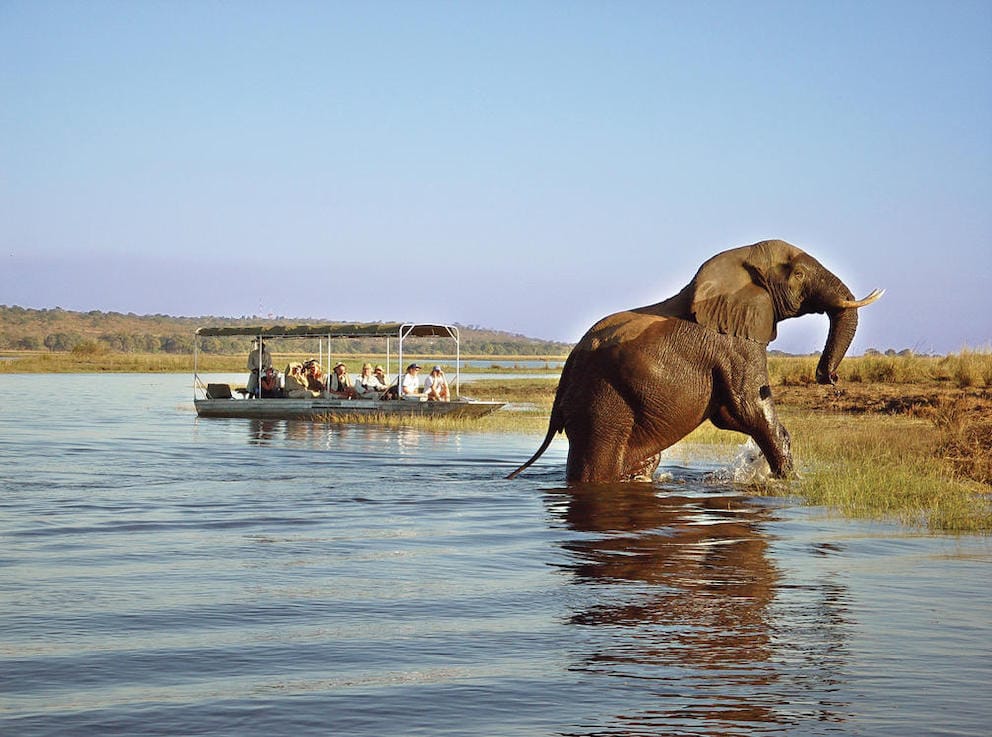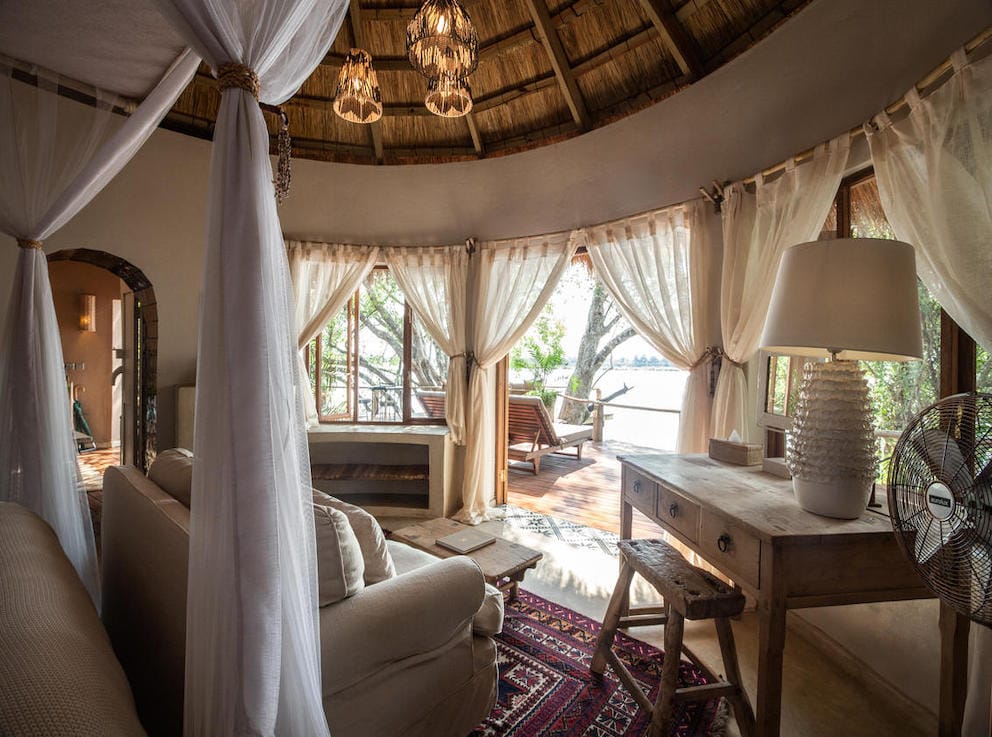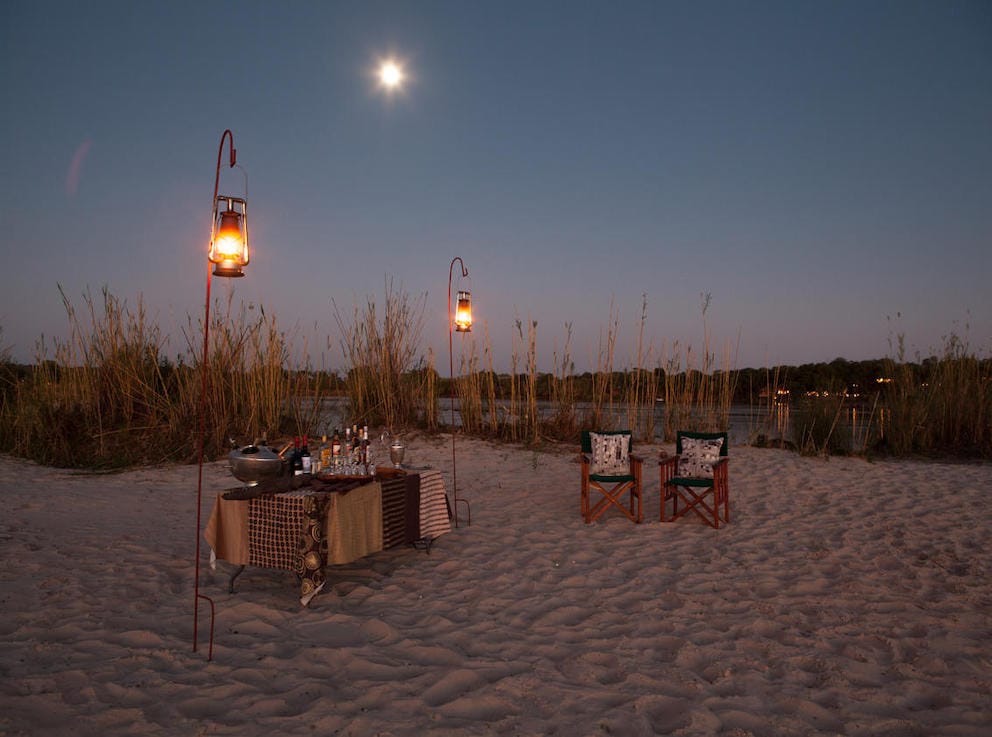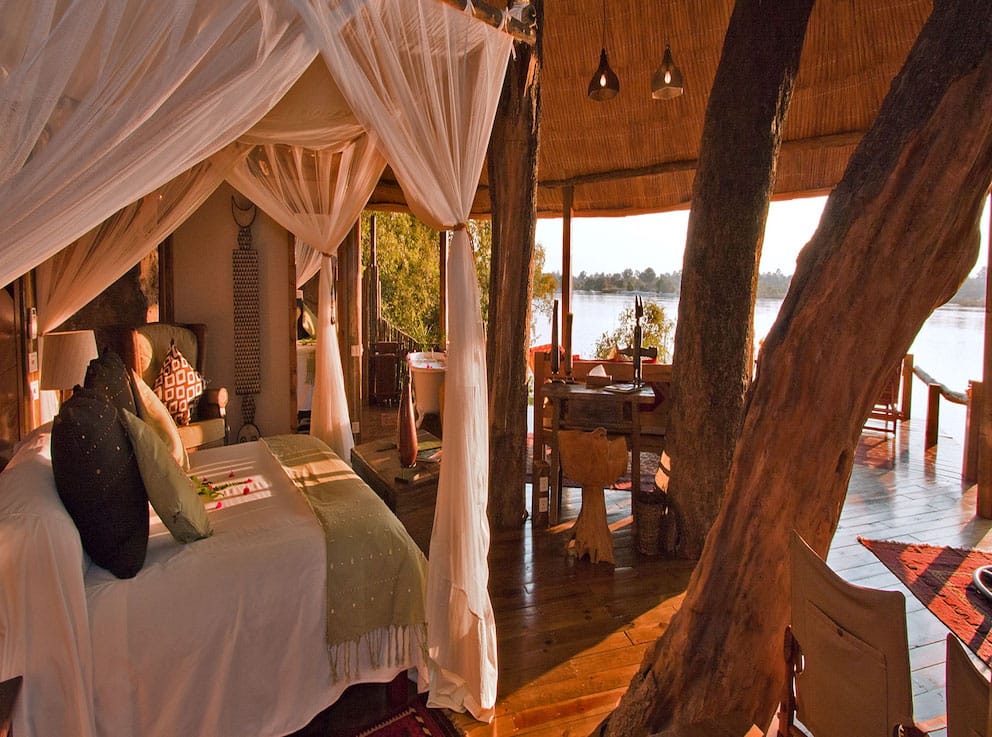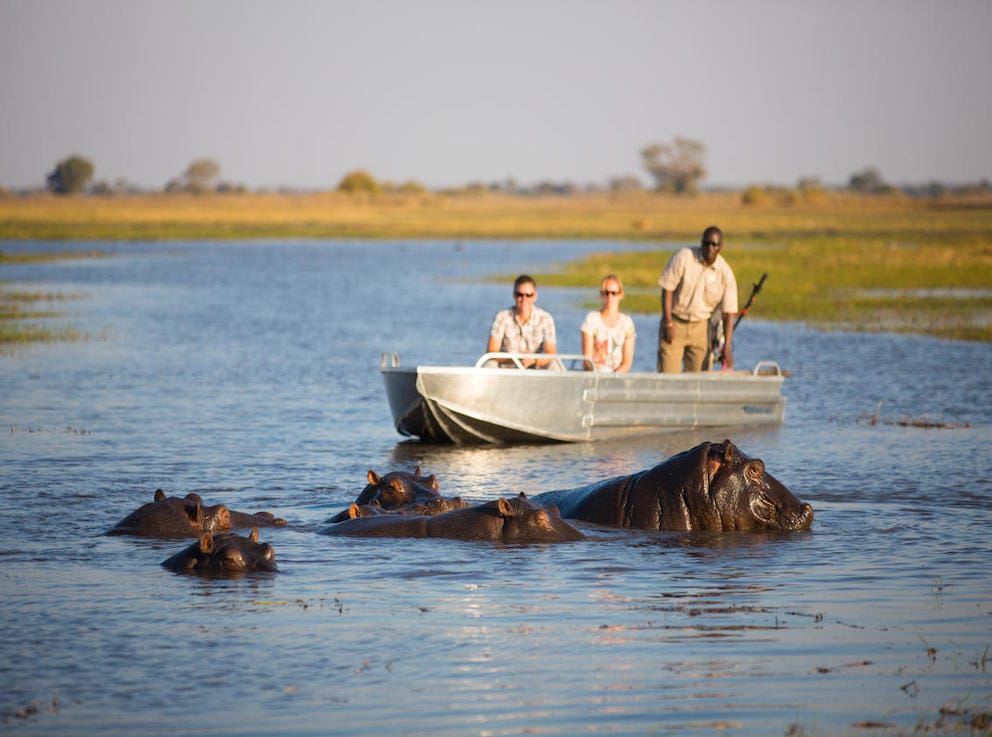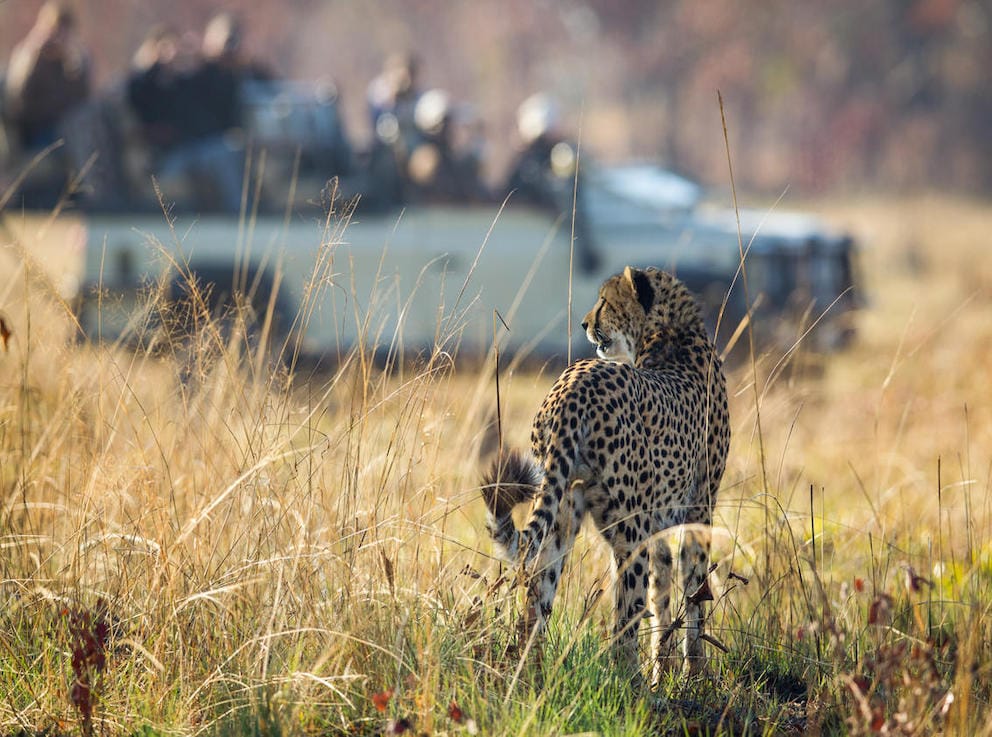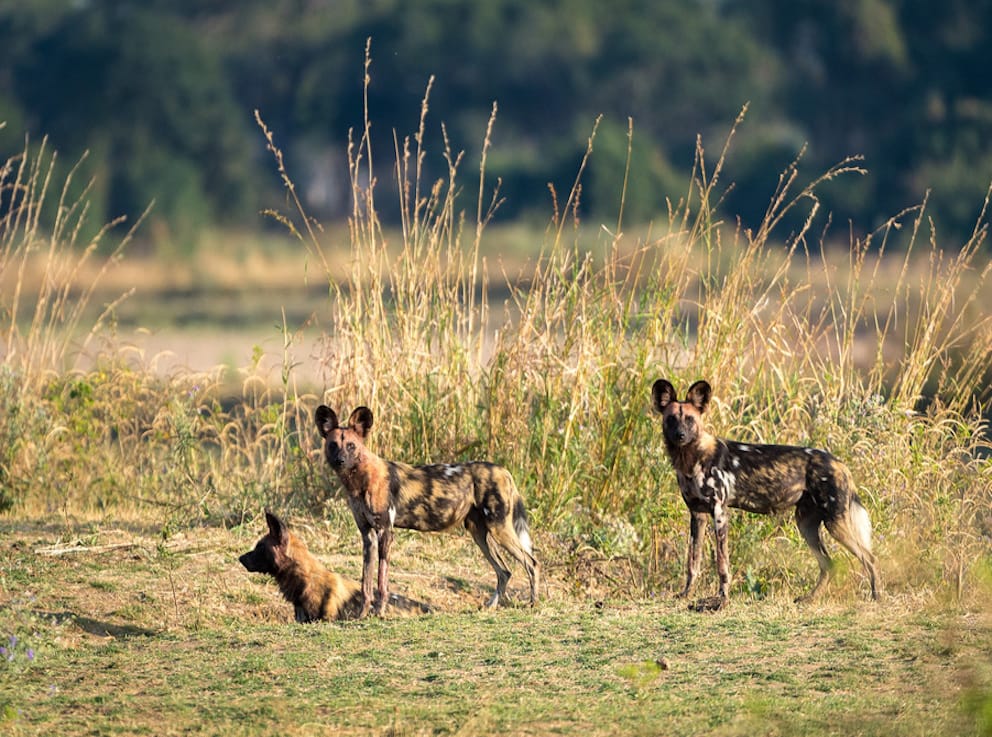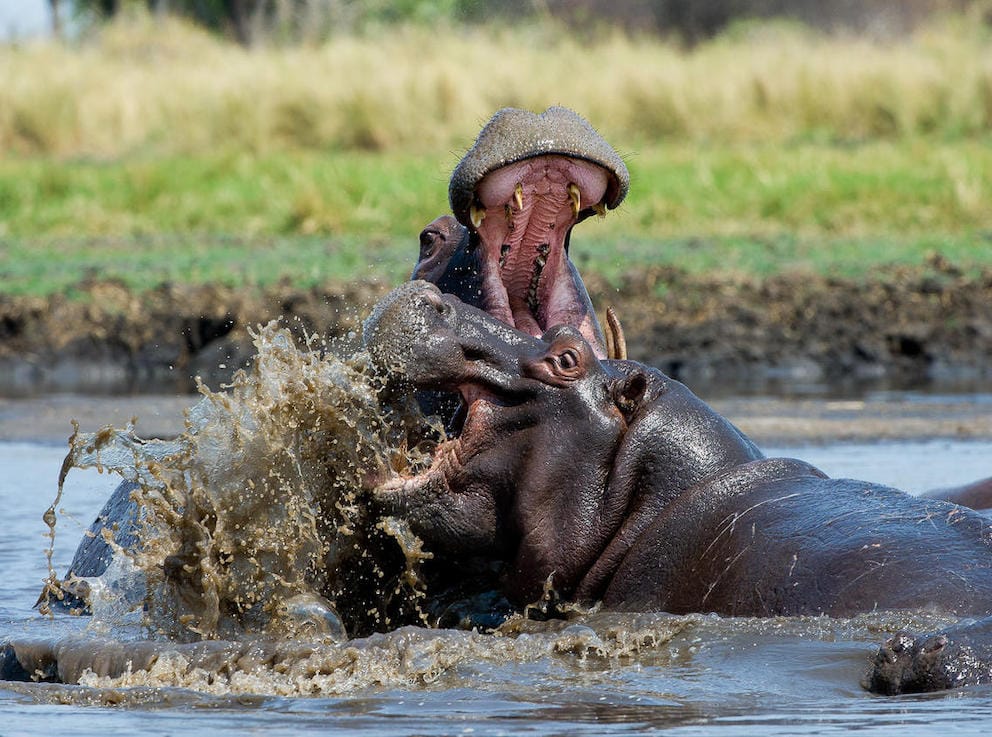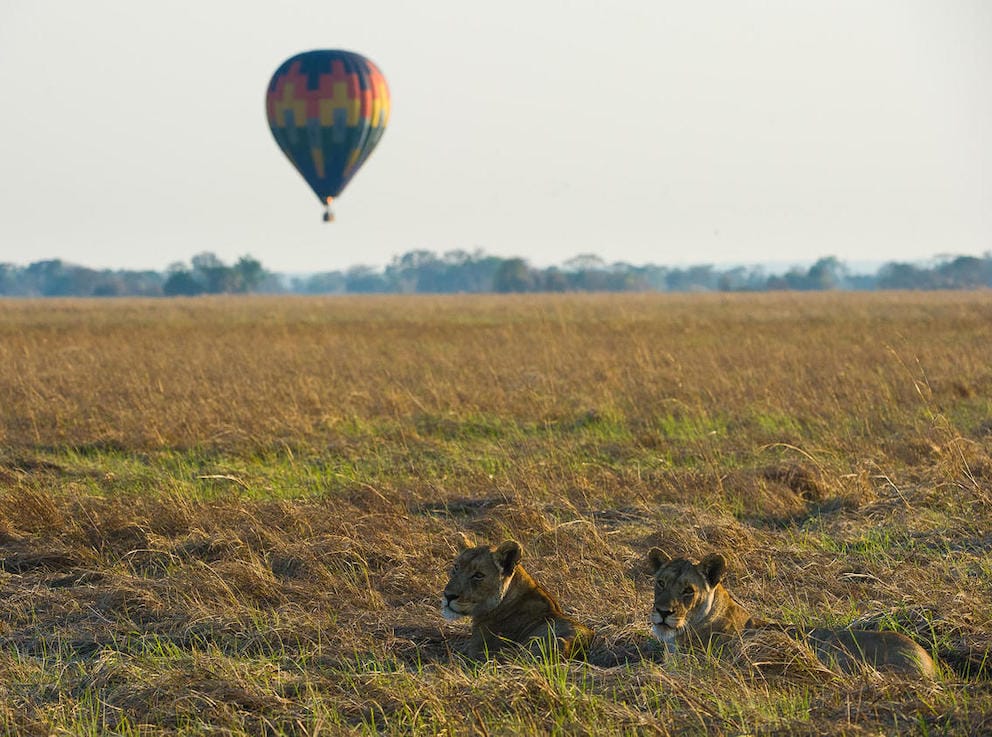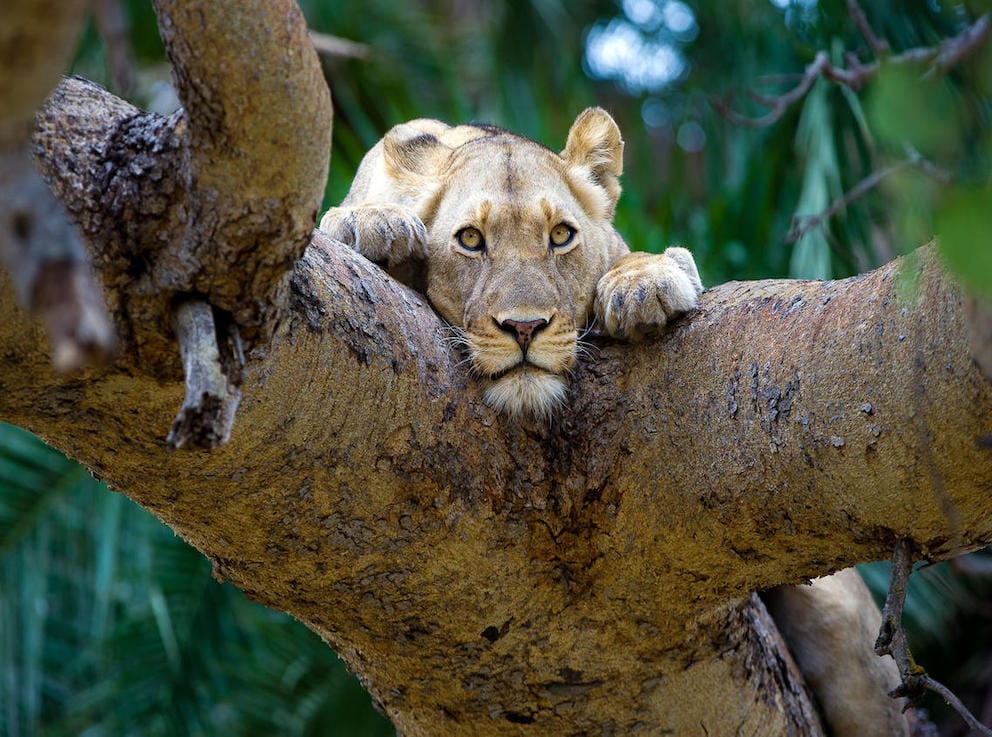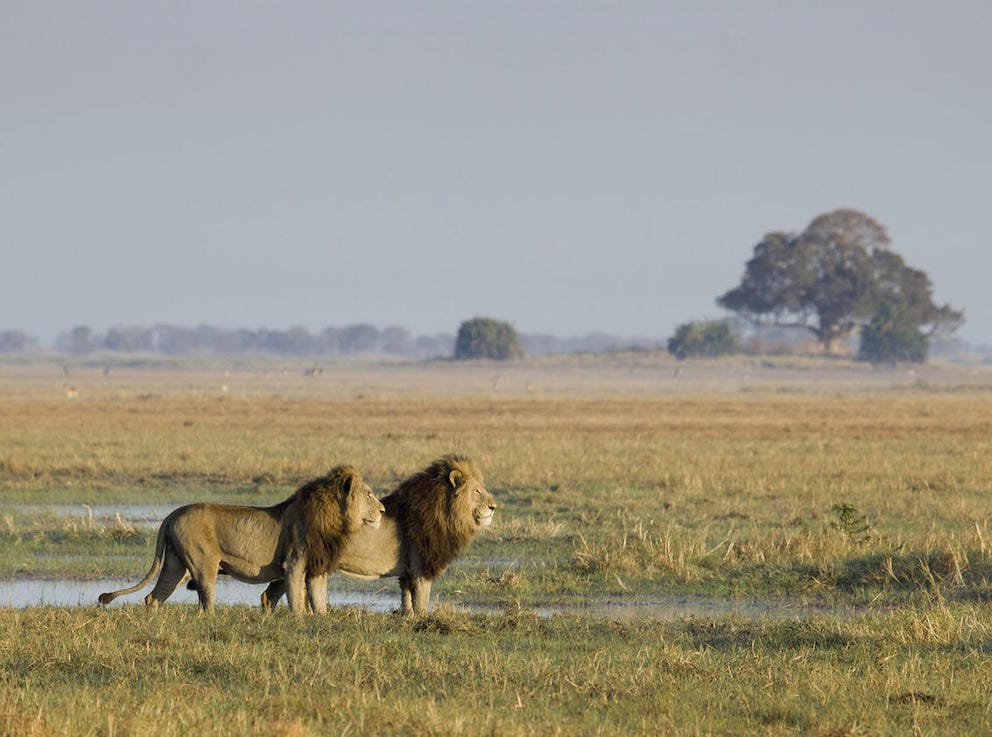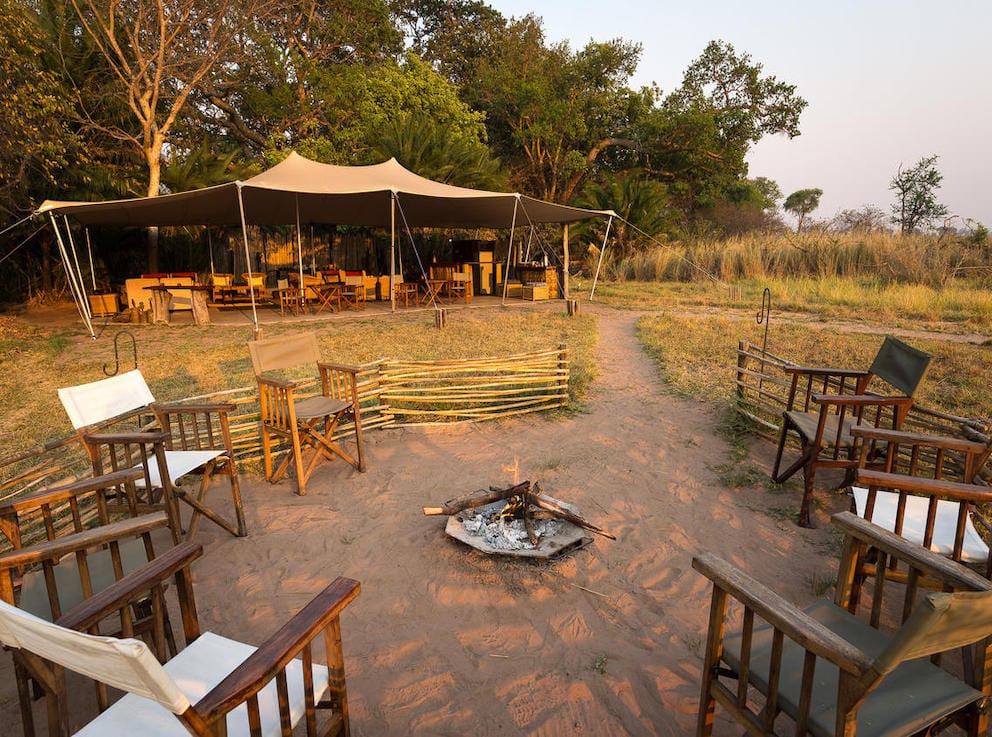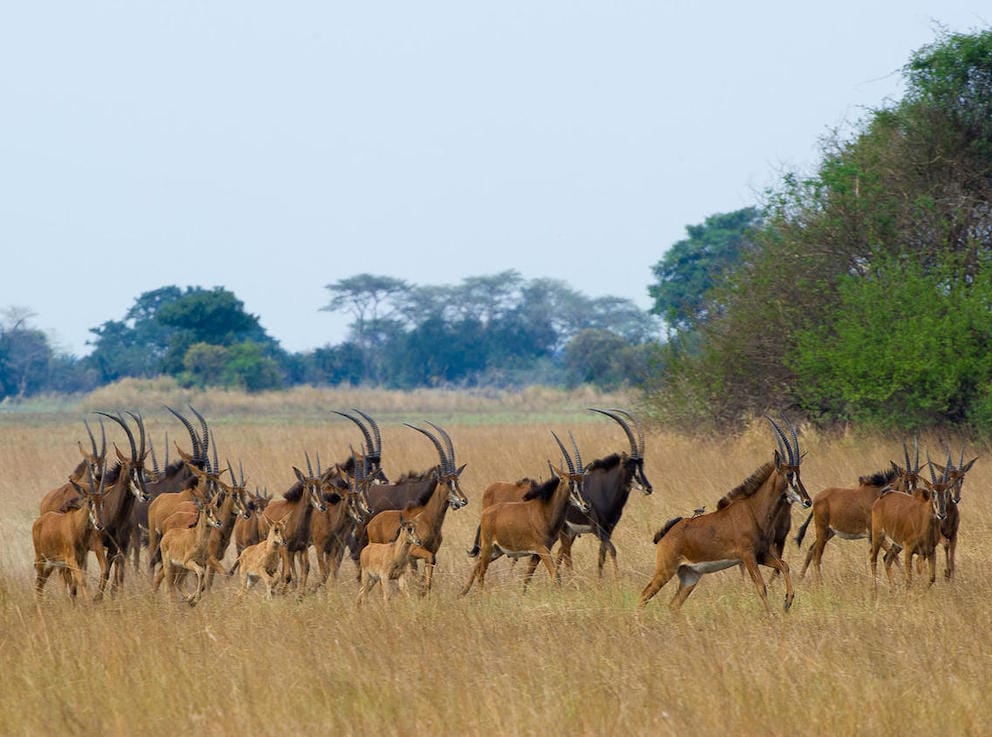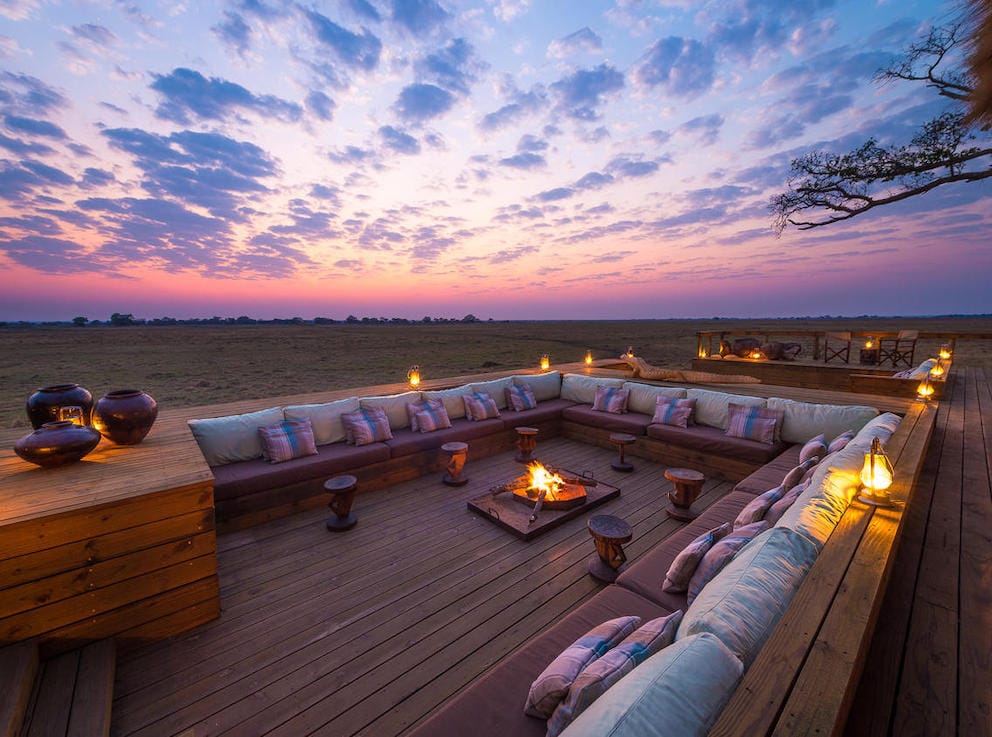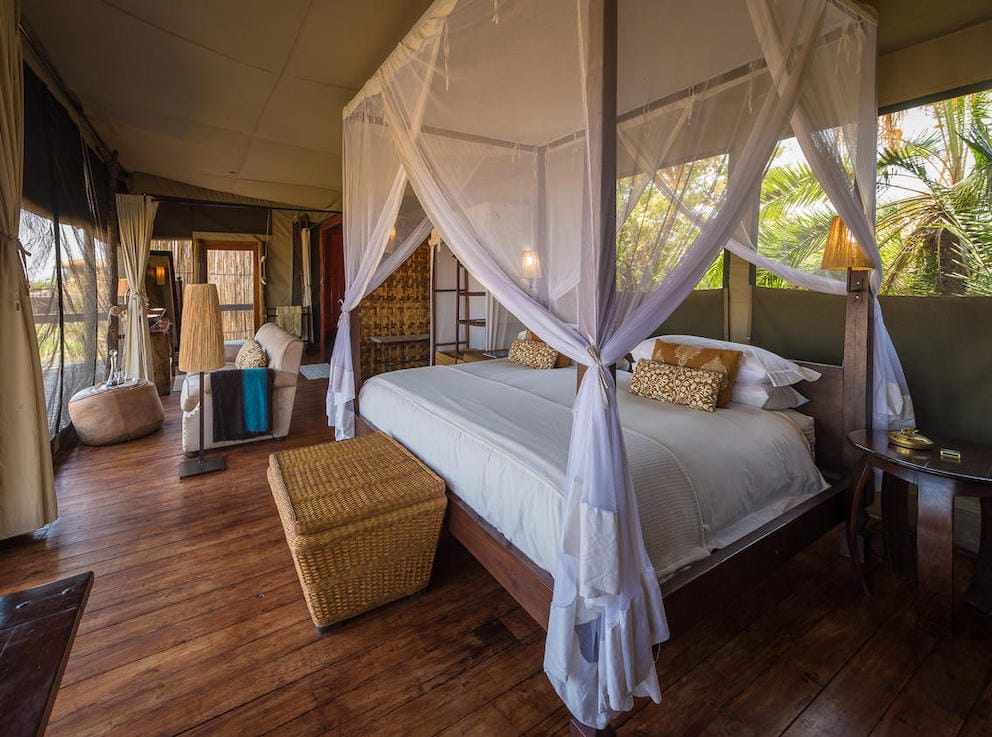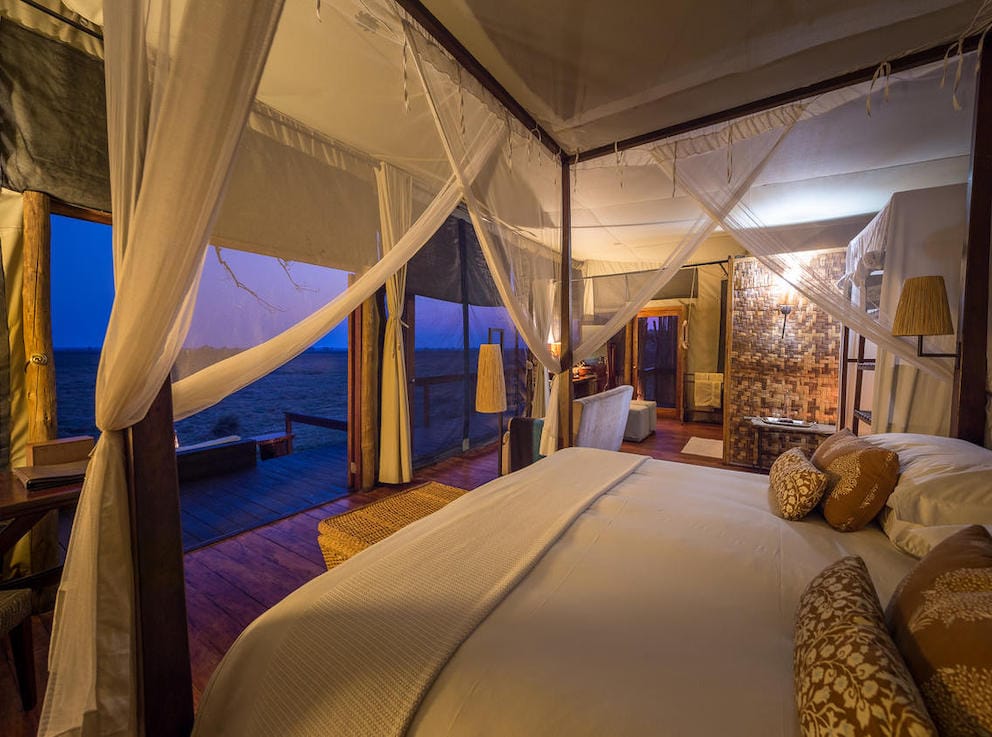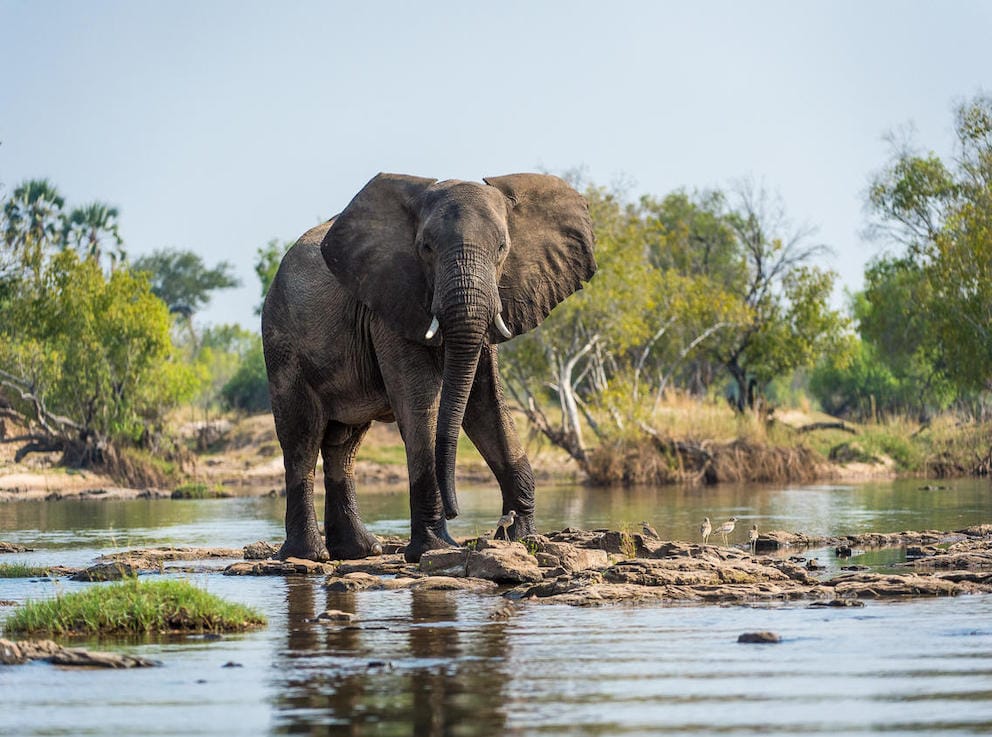Summary
This huge, landlocked nation is defined by its three mighty rivers – the Kafue, the Luangwa and the Zambezi. Together they support an abundance of wildlife virtually unaffected by human activity. Zambia was the birthplace of the walking safari and is still one of the finest destinations to explore the wilderness on foot, tracking both predators and prey for exhilarating sightings and a truly immersive experience.
- A relatively unknown safari destination, visitor numbers are generally low. You’ll find no mass market tourism here – Zambia is the place for those in the know.
- Expect authentic bush camps and uncomplicated comfort, morning tea brewed over an open fire, animal tracks in the dirt outside your tent and the whoop of hyenas on the still night air.
- Buffalo congregate in immense herds, clouds of carmine bee eaters flock in their thousands, leopard sightings are virtually guaranteed and the crocodiles are fat on the spoils of the teeming rivers. The wildlife is distinctly wild.
- The three great rivers present exciting opportunities for boating, tiger fishing, canoeing and white water rafting. As the Zambezi plunges headlong over a dramatic chasm it creates one of Africa’s greatest masterpieces – Victoria Falls.
Areas
South Luangwa National Park
One of Africa’s most revered safari destinations, South Luangwa National Park is known as the ‘valley of the leopards’. Oxbow lagoons, alluvial floodplains and shadowy riverine forests fringe the languid Luangwa River hosting all manner of bird and wildlife.
- South Luangwa was the birthplace of the original walking safaris and the park is home to some of the finest operators in Africa.
- Ritzy lodges offer plenty of glamour, but for rugged luxury the area’s bush camps are unbeatable.
- Lions are prolific and leopard sightings are virtually guaranteed. Elephants and hippos wallow amongst the Nile cabbage and the flocks of colourful birds are a sight to behold.
- Unusually for a National Park, night drives are permitted. Serval, genet, caracal, honey badger and many more nocturnal species may be spotted alongside active lions and leopards.
- Peak season falls in the dry period between July and October when wildlife congregates allow the river front. Even at peak times however, South Luangwa receives relatively few visitors and remains uncrowded.
Take a look at: Bilimungwe Bushcamp, Tafika Camp, Tena Tena, Mchenja Bushcamp, Kakuli Bushcamp
Lower Zambezi National Park
One of the prettiest spots in Africa, Zambia’s Lower Zambezi National Park sits across the river from Zimbabwe’s Mana Pools Reserve, creating a vast cross-border wildlife sanctuary. Lazy days are spent messing about in boats and exploring emerald lagoons.
- Most of the park is inaccessible and a dramatic escarpment in the north acts as a natural barrier, concentrating wildlife along the valley floor and river banks.
- Enormous herds of elephant, sometimes 100 strong, are often seen drinking, wallowing and snorkelling across to Zimbabwe.
- Activities include game drives, boating, canoeing, walking and sport fishing. Try your hand at landing a tigerfish (September-December) but be prepared for a fight – they’re prized for their strength!
- Peak season falls between June and September when wildlife concentrates along the river but the photogenic green season brings newborns, golden light and dramatic skies.
- The birding is outstanding: white fronted and carmine bee eaters nest in the river banks, quelea murmurate, fish eagles call and the vivid Narina trogon arrives in time for summer.
Take a look at: Amanzi Camp, Chiawa Camp, Old Mondoro Bushcamp, Sausage Tree Camp, Anabezi Camp, Chongwe River Camp
Kafue National Park
Kafue is Zambia’s largest and oldest national park – a vast untrodden wilderness laced with a network of rivers. Large areas remain unexplored and totally devoid of visitors. Wildlife is trickier to spot but those seeking complete detachment from the modern world will be in their element.
- First established as a National Park in the 1950s by the legendary Norman Carr, Kafue has pedigree and heritage. Despite this, it remains one of least explored national parks in Africa.
- Sitting at an altitude of 1100m, it is cool all year round and considerably more comfortable than the Luangwa and Zambezi valleys during the hot October to November season.
- Thanks to its sheer size and range of habitats, it harbours all manner of rare and elusive species including blue and yellow-backed duiker, roan and sable plus sitatunga and lechwe in the swamps.
- Cheetah thrive in Kafue – a rarity for Zambia since they are not found in the Luangwa or Zambezi national parks. It is also supports the largest population of African wild dog of any national park on the continent.
- In recent years the park has seen openings of several new, carefully managed safari camps and lodges, along with improved road and airstrip infrastructure. Go now, before everyone else does!
- Do not expect a ‘Big 5 in 24 hours’ experience. Instead, relish the quietude and diversity of this special place.
Take a look at: Busanga Bushcamp, Musekese Camp, Shumba Camp
Liuwa Plains National Park
Lying in the far west of Zambia near the border of Angola, Liuwa Plains is as remote as it gets. The wildlife is really wild and grasslands stretch as far as the eye can see.
- Traditionally Liuwa has attracted hardy self- drivers who camp at one of the park’s five campsites. In 2017 a single top end lodge – King Lewanika – opened its doors to welcome seasoned safari-goers seeking a little more comfort.
- Peak season falls during the wet season (August and December) when dramatic clouds create spectacular skies, wildflowers carpet the plains and a little-known migration of blue wildebeest arrives from neighboring Angola.
- The park was heavily poached during the 1990s. Lions were completely eradicated except for one lioness, Lady Liuwa, who survived to become an icon of survival and resilience.
- Today the park is flourishing under the careful management of African Parks. Predators including lion, leopard, cheetah, wild dog and hyena are all well-represented.
- This is not a box-ticking ‘big five’ destination but a far flung safari destination that bucks any travel trend. Those who take the time to venture here will be richly rewarded.
Take a look at: King Lewanika Camp
Victoria Falls - Livingstone
As the world’s the world’s largest sheet of falling water, Victoria Falls needs little introduction. Straddling the Zambia-Zimbabwe border, the falls can be viewed from either side and each has its merits. Happily the border crossing is quick and easy, negating the need to decide.
- David Livingstone was the first European to see the falls and named them in honour of Queen Victoria. In the indigenous Lozi language they are known as Mosi-oa-Tunya – ‘the smoke that thunders’.
- There is no denying that Victoria Falls can be busy, especially on public holidays, but to miss out on these grounds would be a mistake. Remember that everyone is there for the same reason – because they are simply magnificent!
- Livingstone Island, accessed by a thrilling boat ride, perches on the crest of the falls and provides a unique perspective down the plunging torrent.
- Devil’s Pool is a short, safe swim from Livingstone Island. During the drier months (August to January) bold bathers can plunge in and peer over the edge to set their pulses racing.
- The best time to see the falls is May-September. Peak flow is around March/April but the immense torrent of water and volume of spray actually obscures the view at this time. Conversely during November/December, very little water flows on the Zambian side at all.
Take a look at: Tongabezi, Thorntree River Lodge, Royal Chundu River Lodge
Access
International:
Fly to Johannesburg or the Middle East and connect with daily services to Livingstone or Lusaka.
Internal:
Light aircraft and helicopters are used to transport guests between far flung national parks. Road transfers work best within the parks or when distances are shorter.

